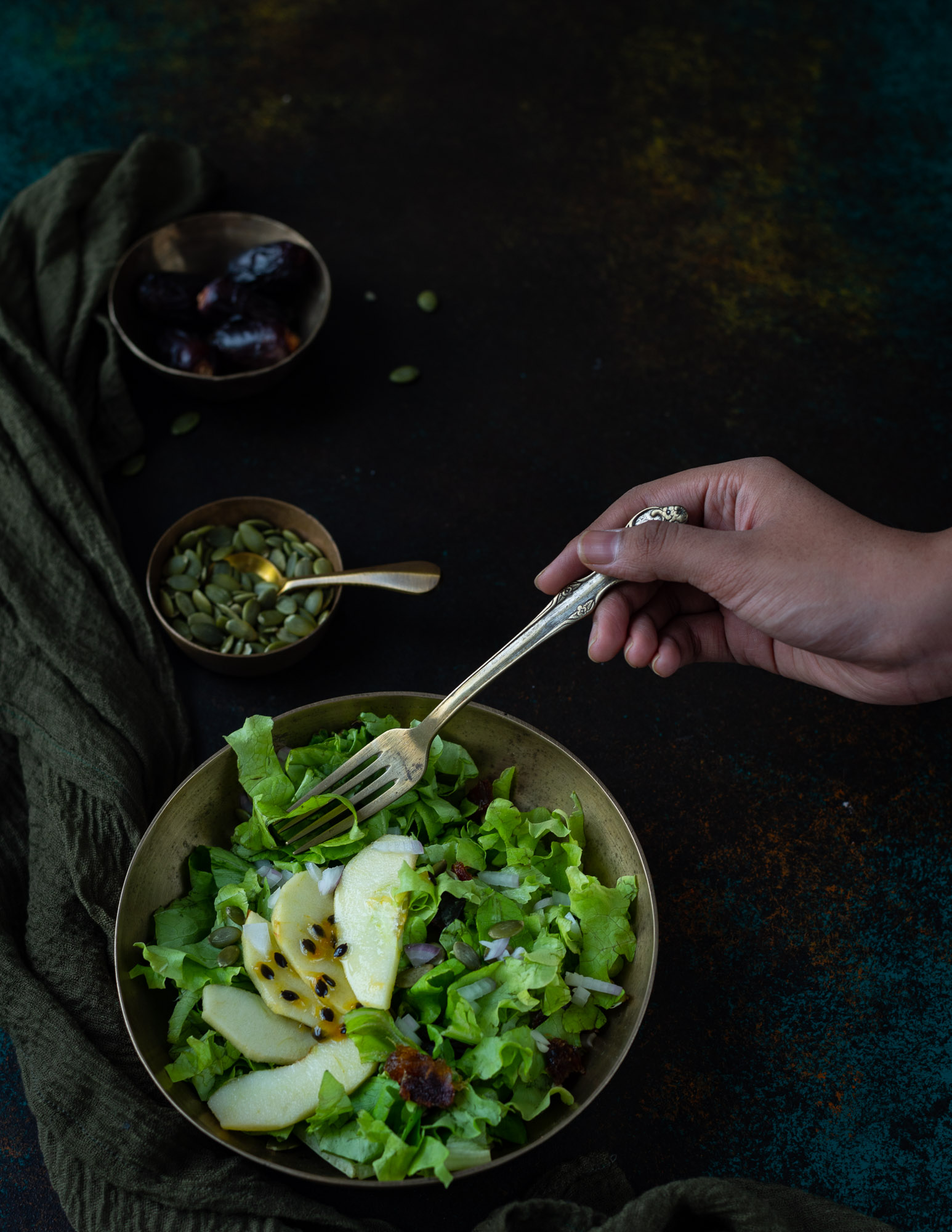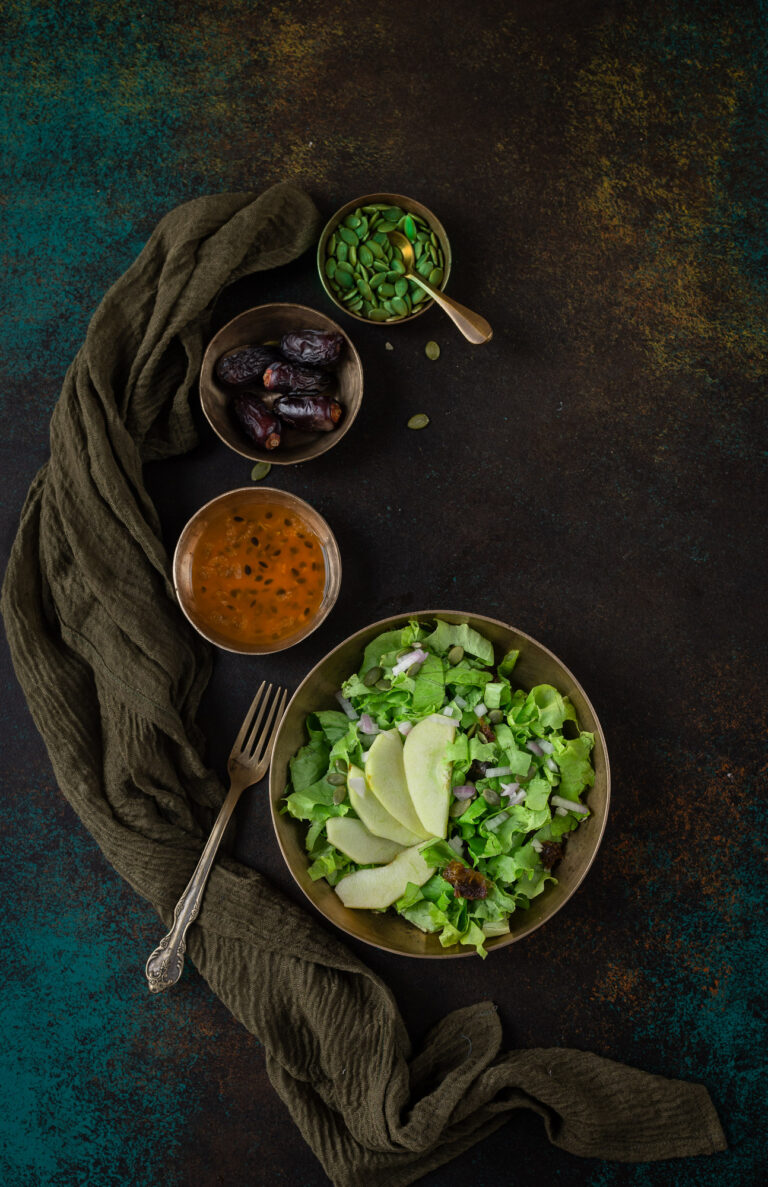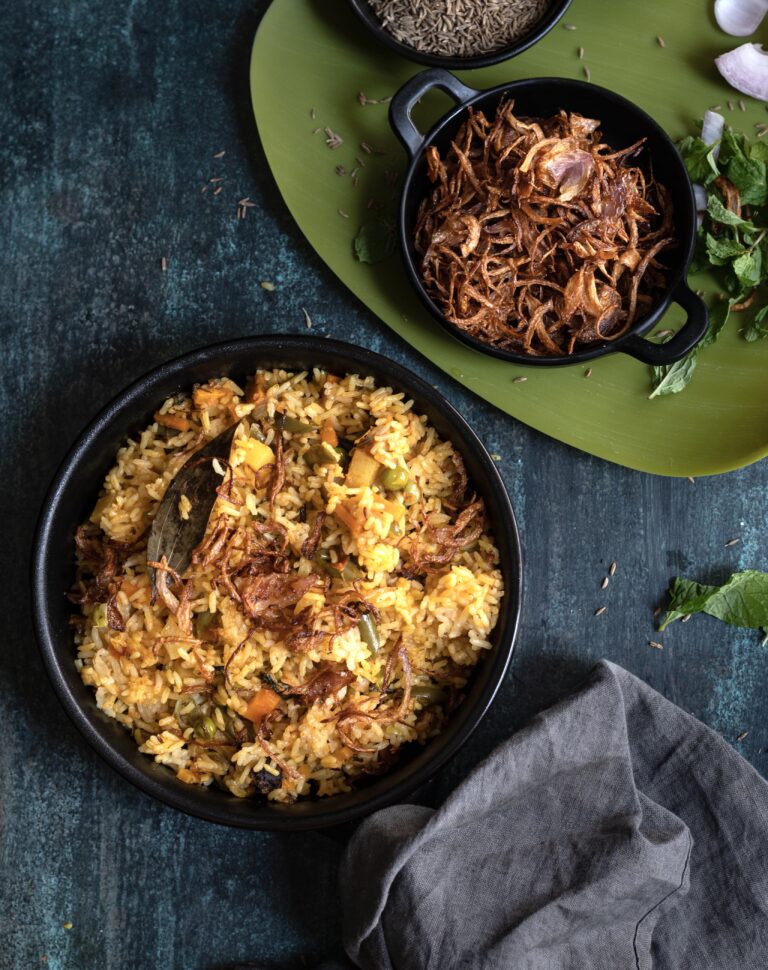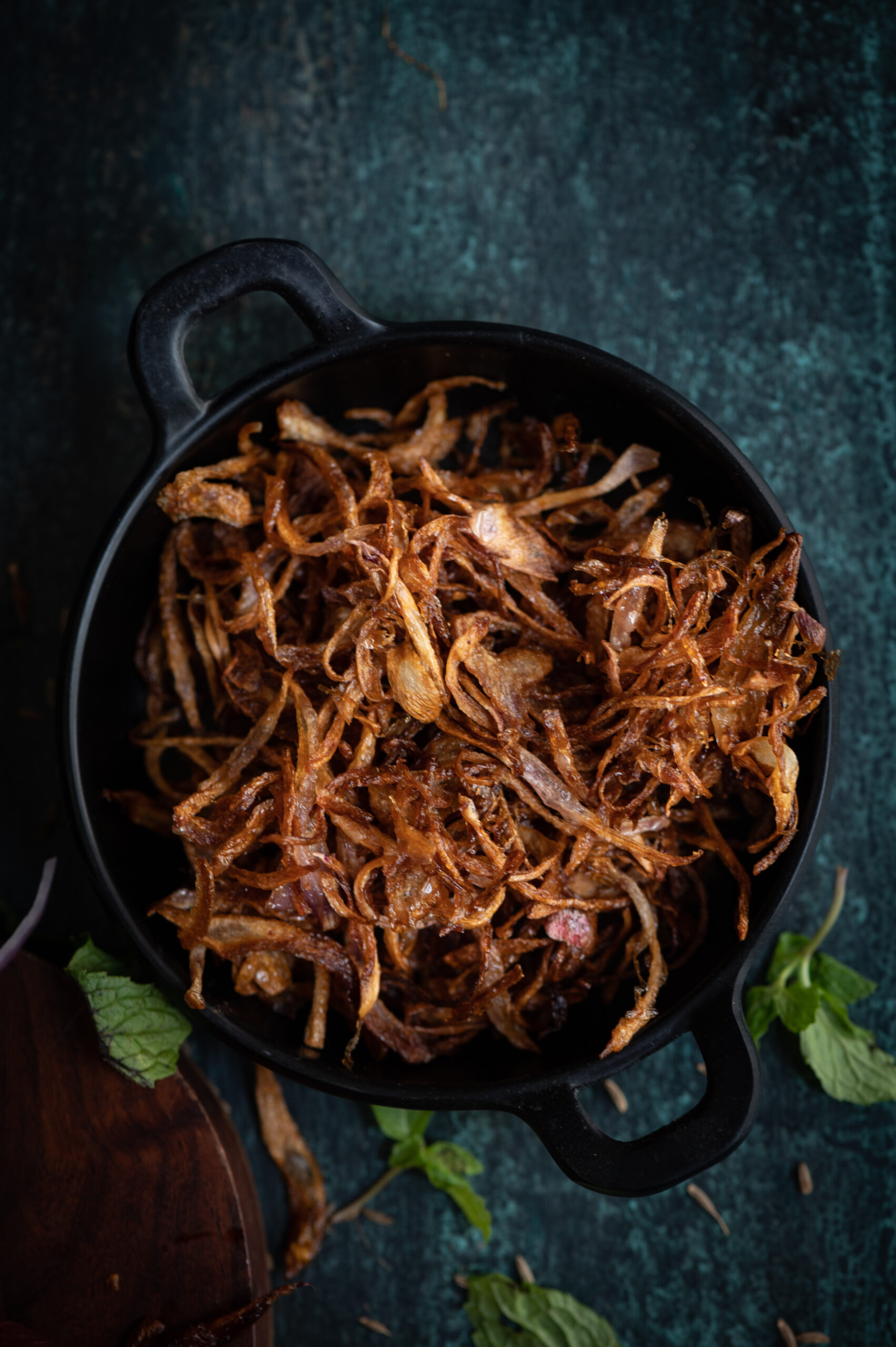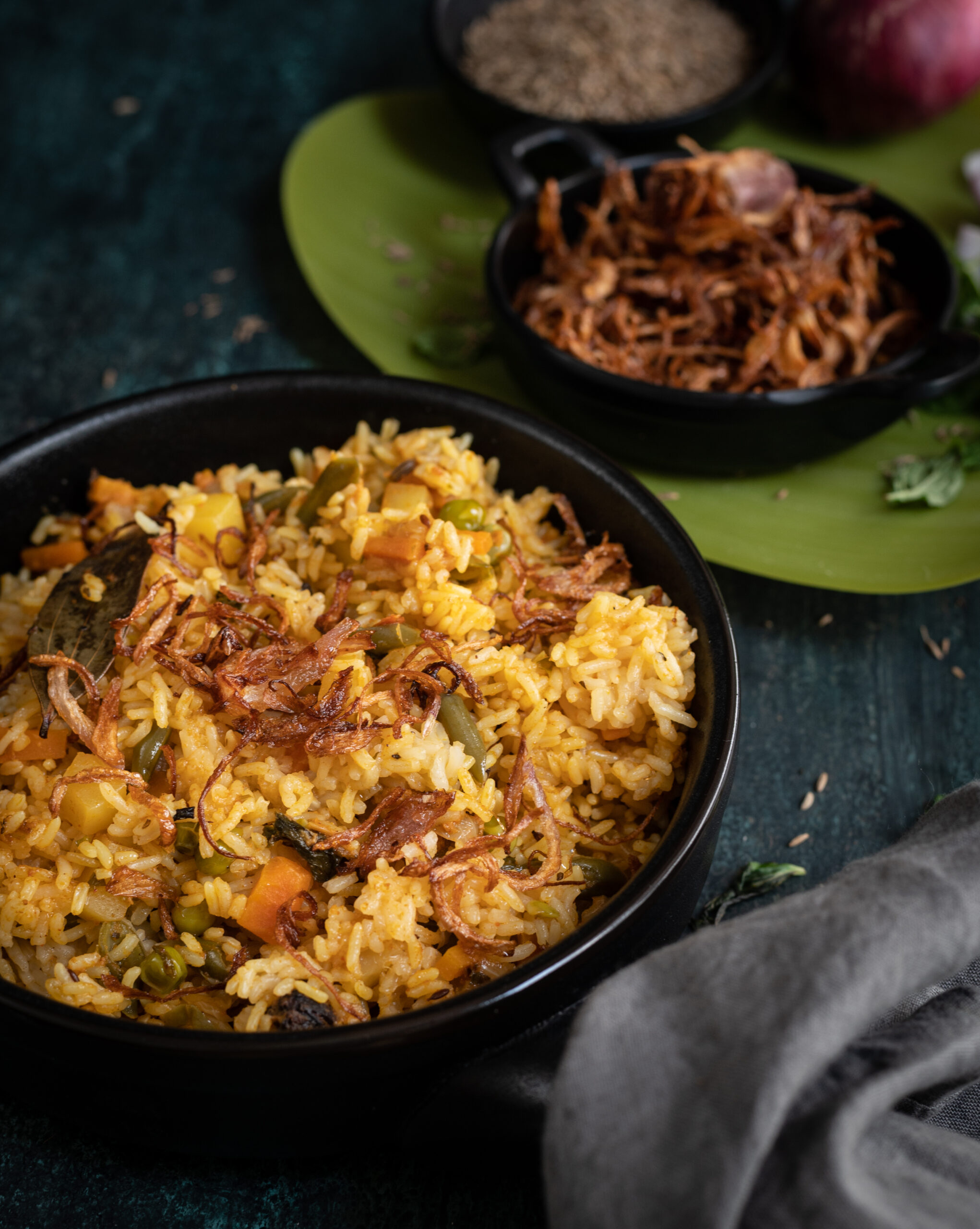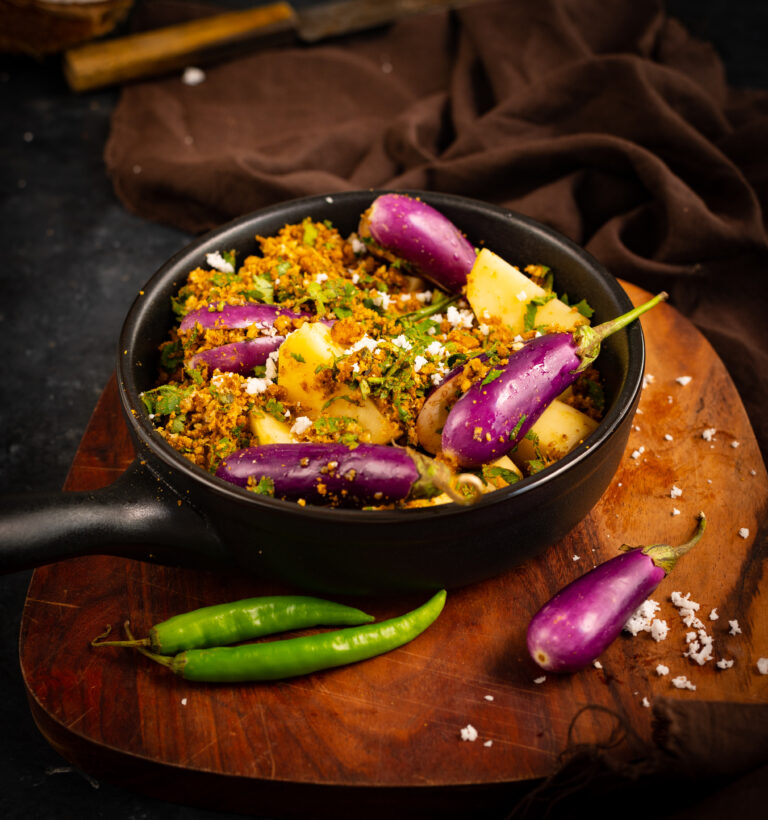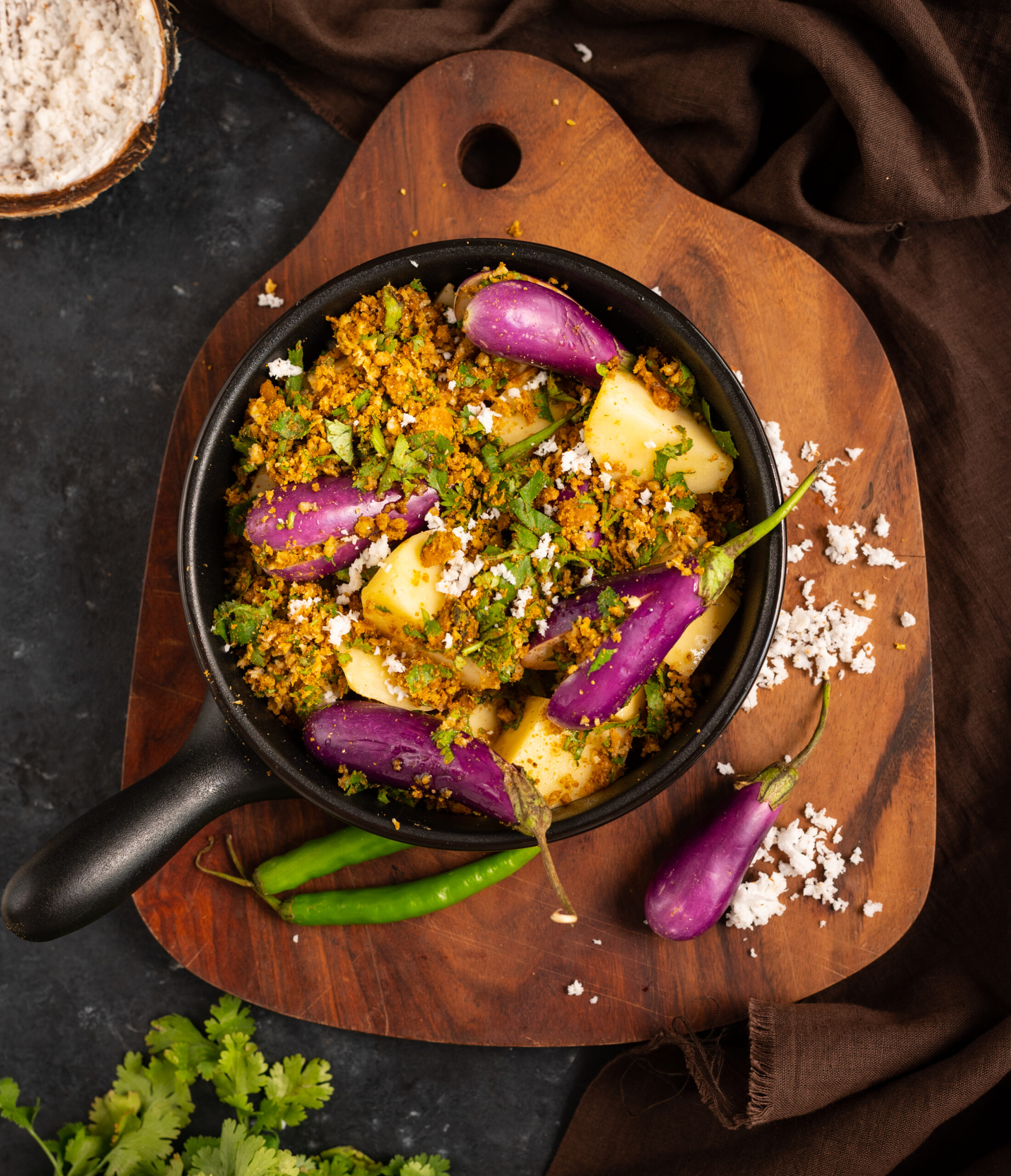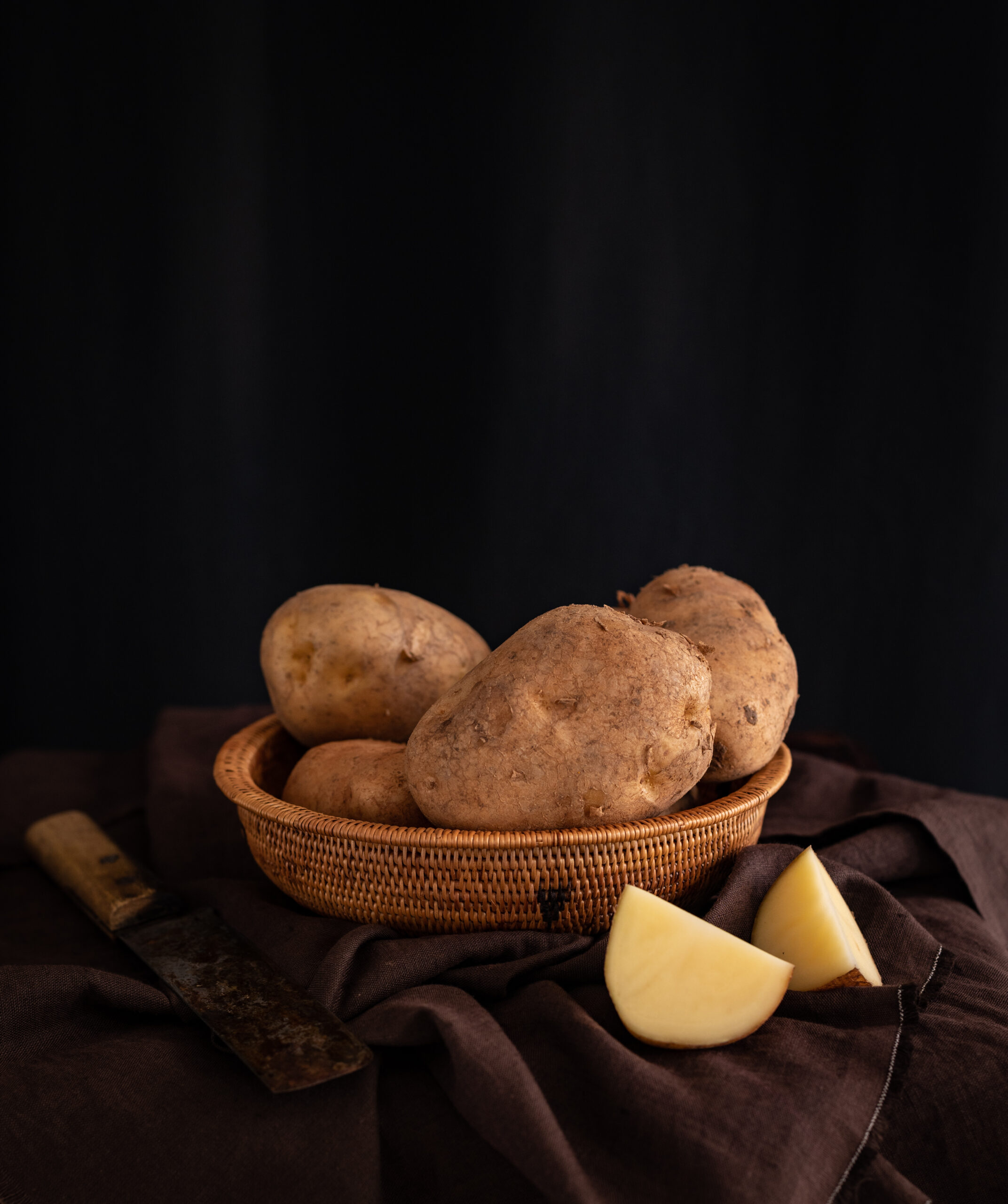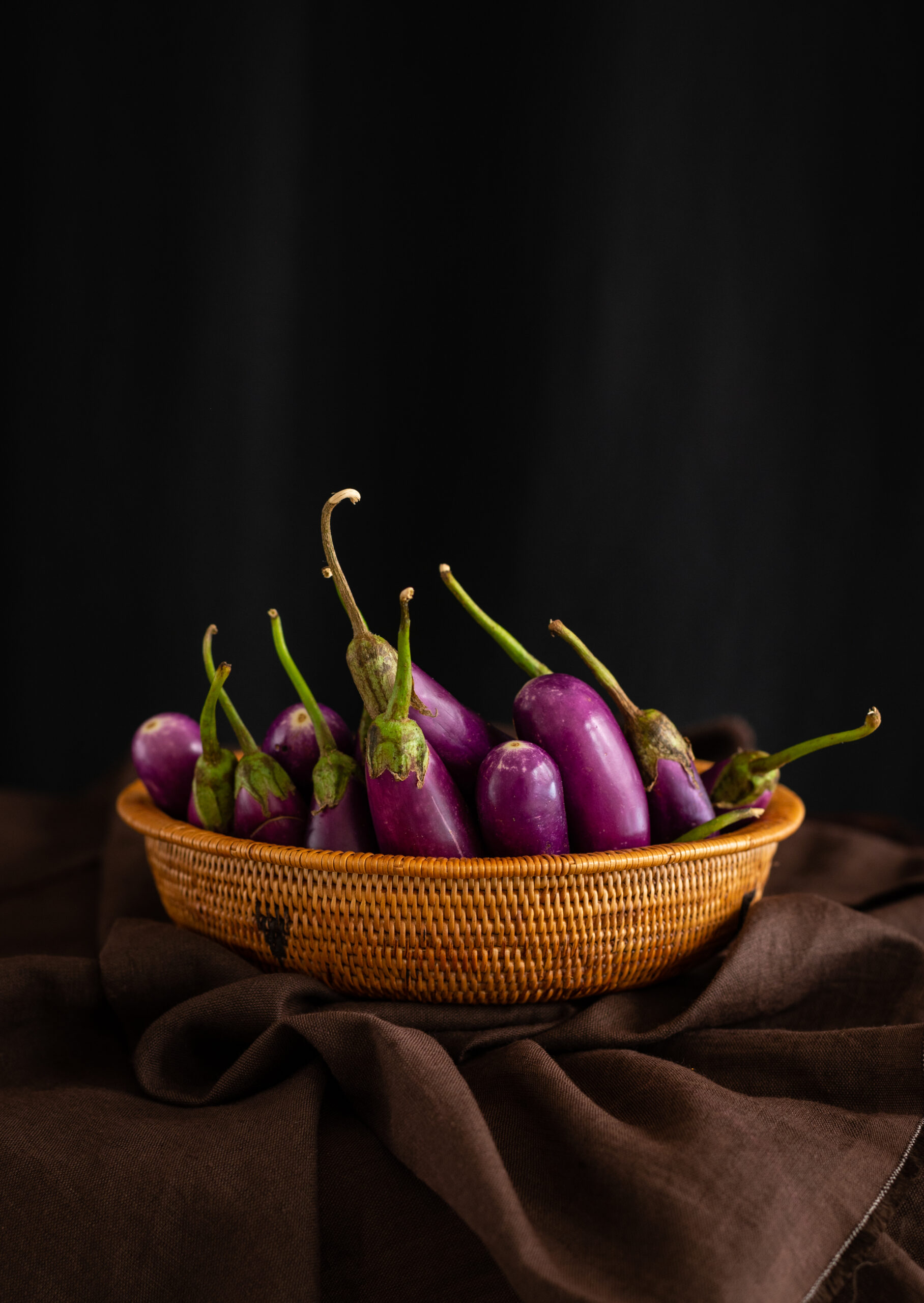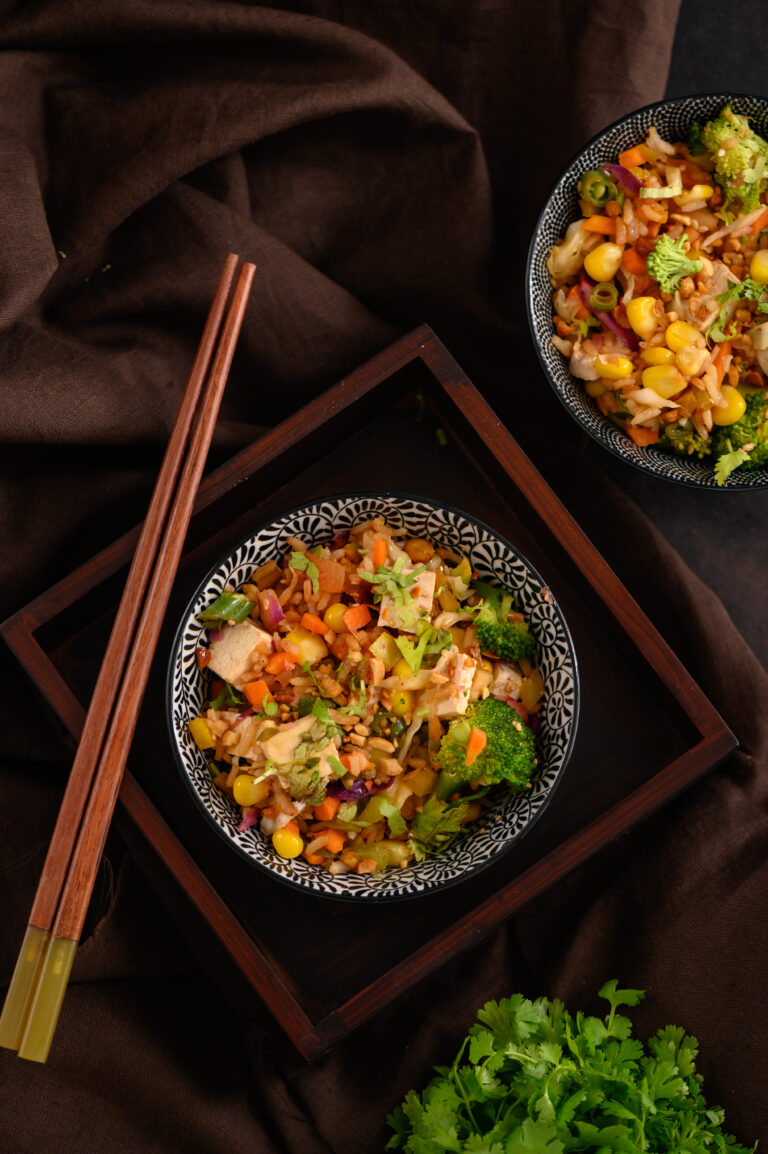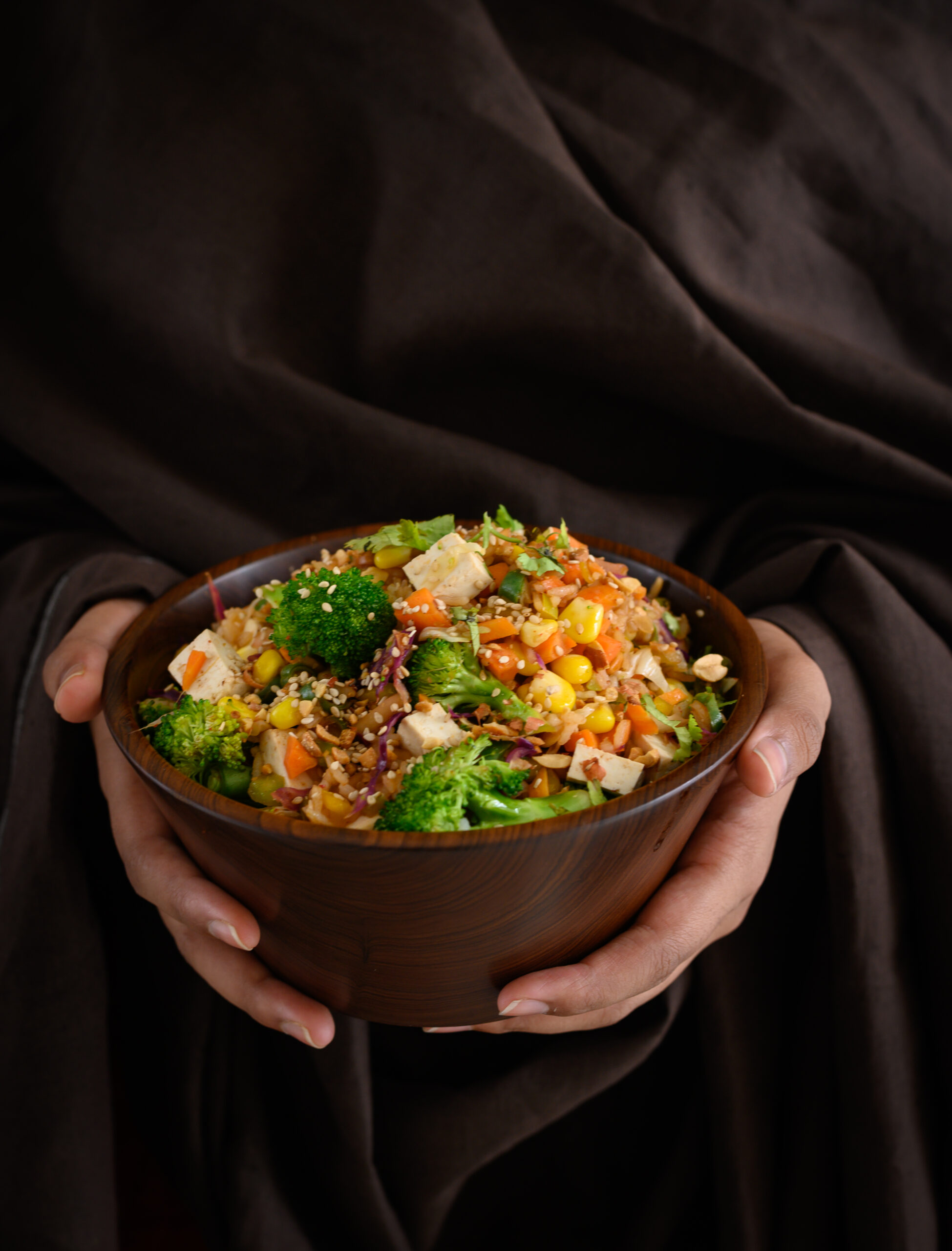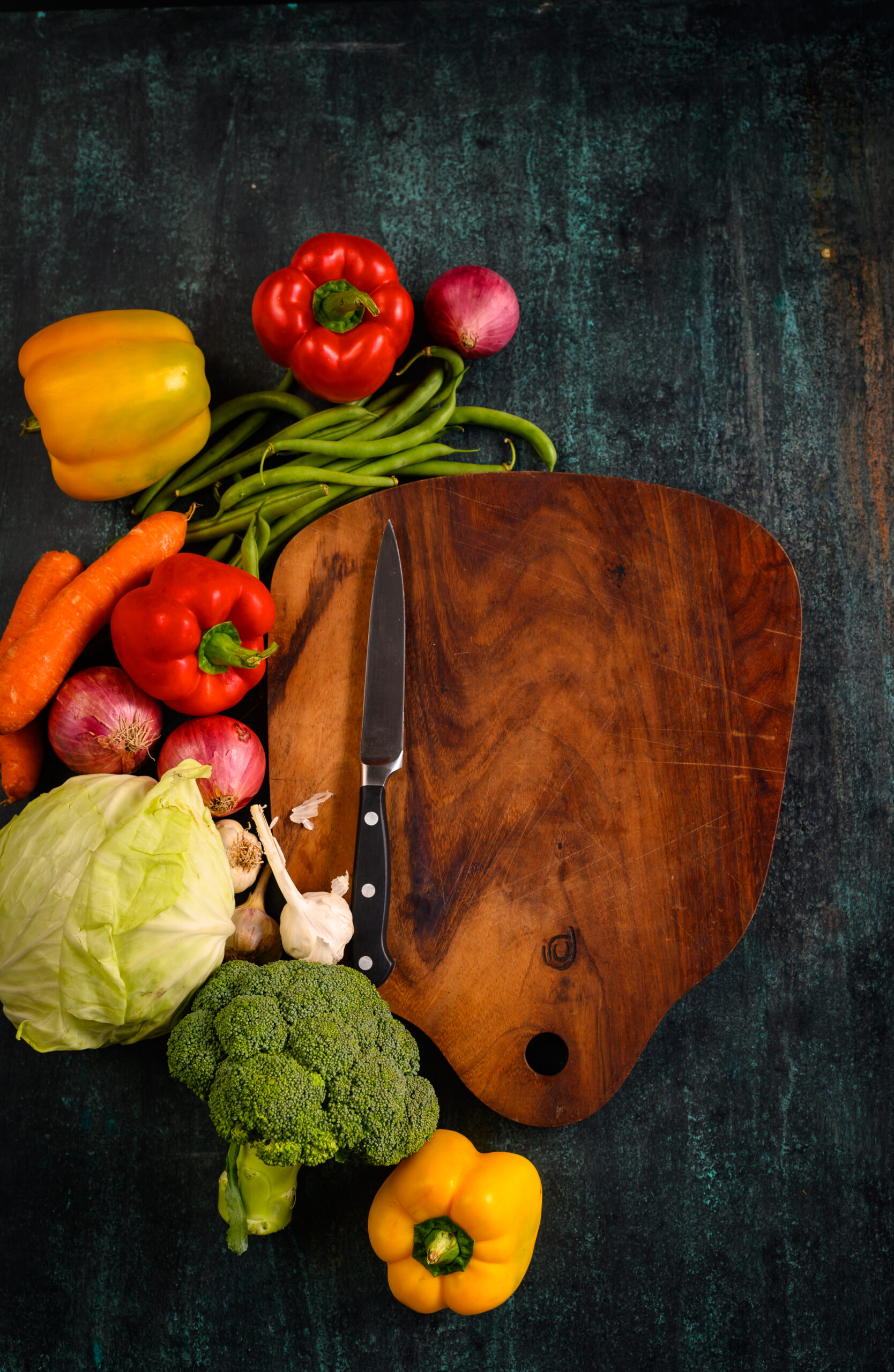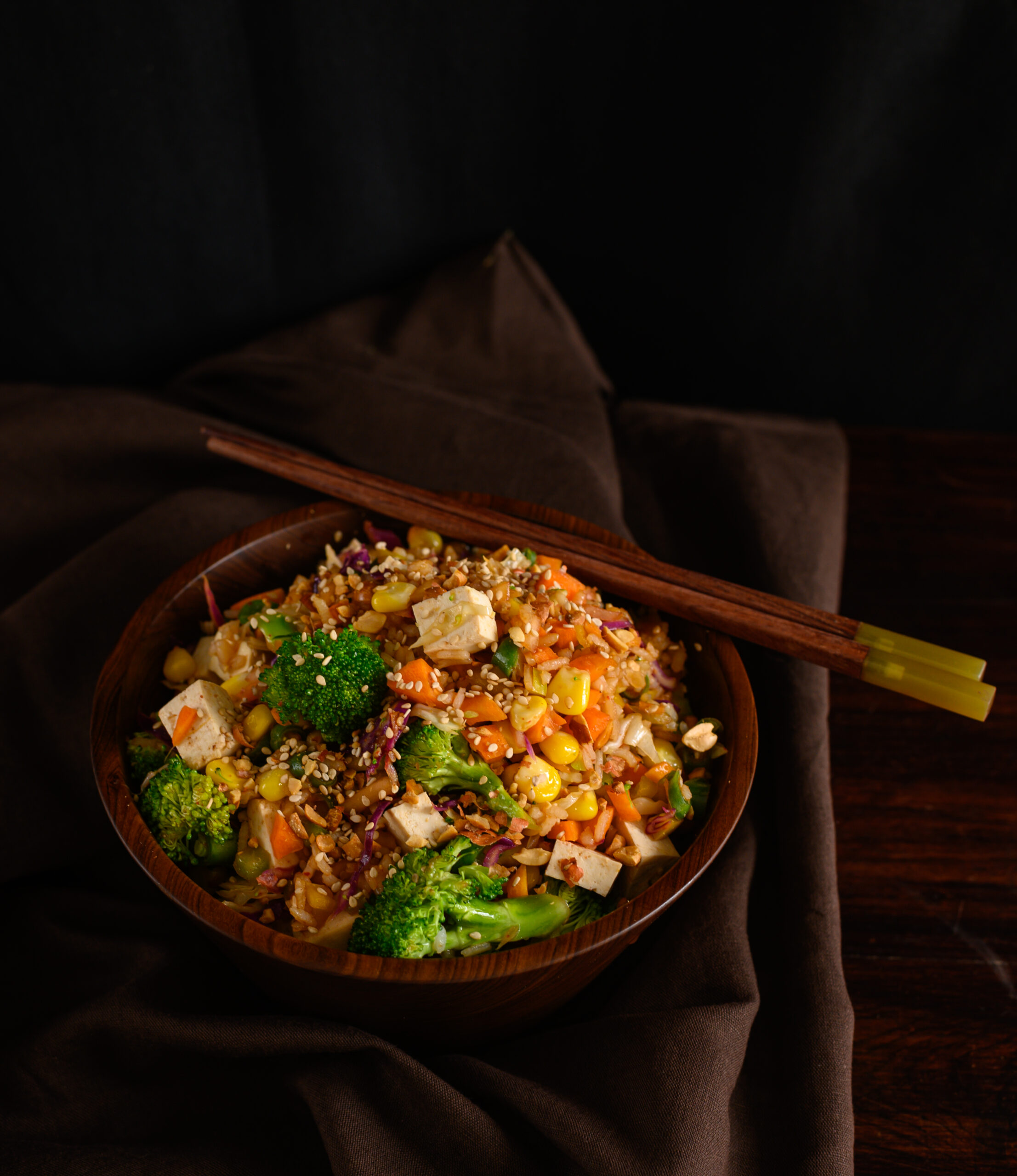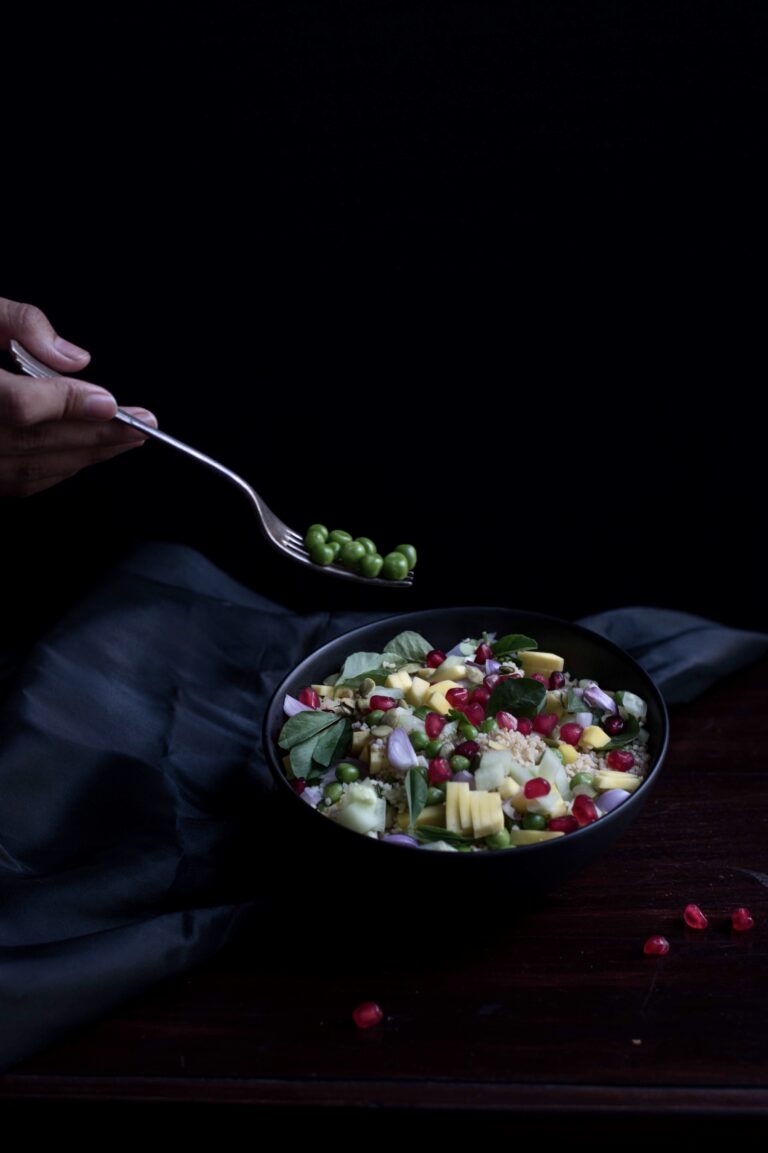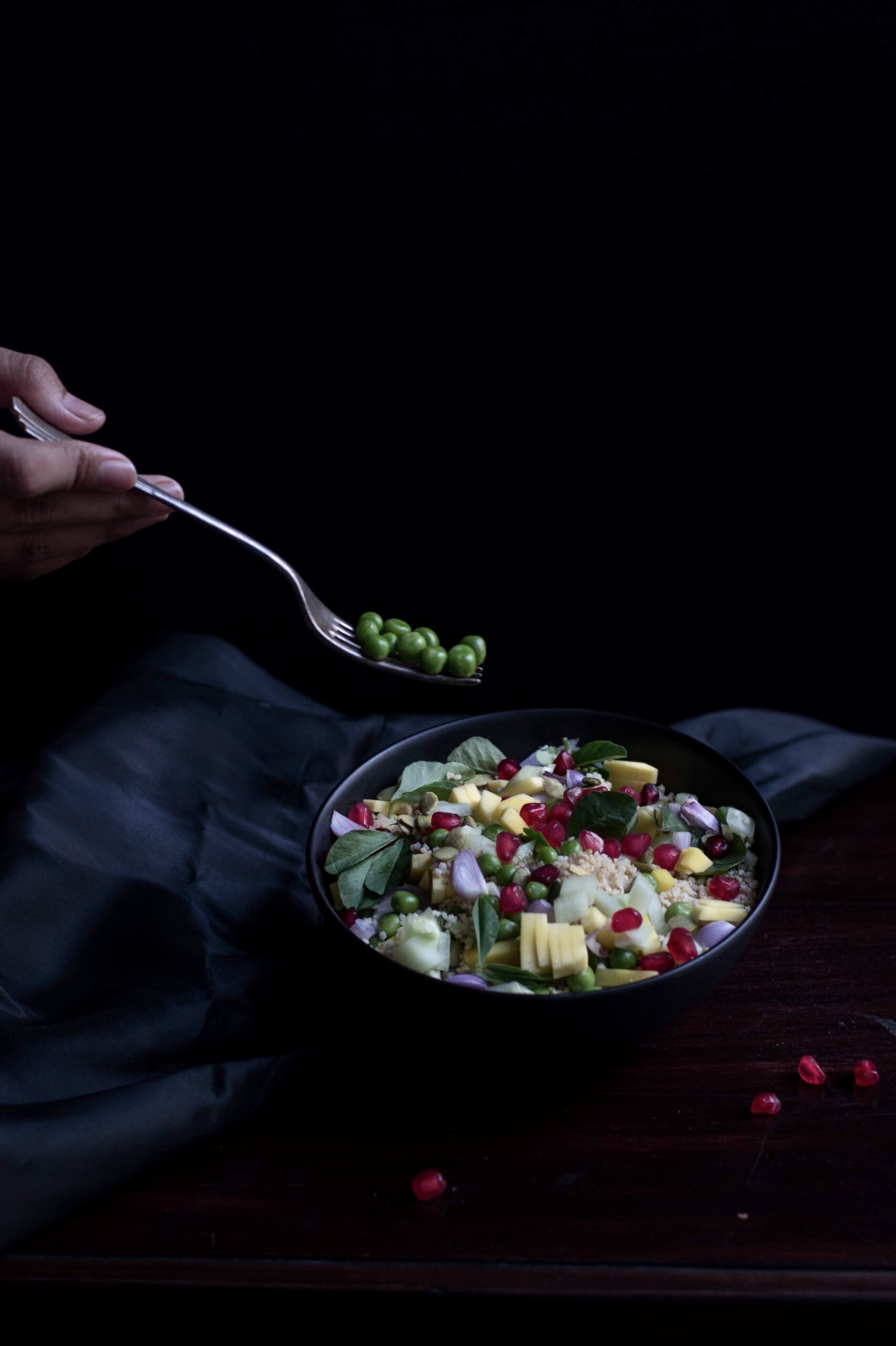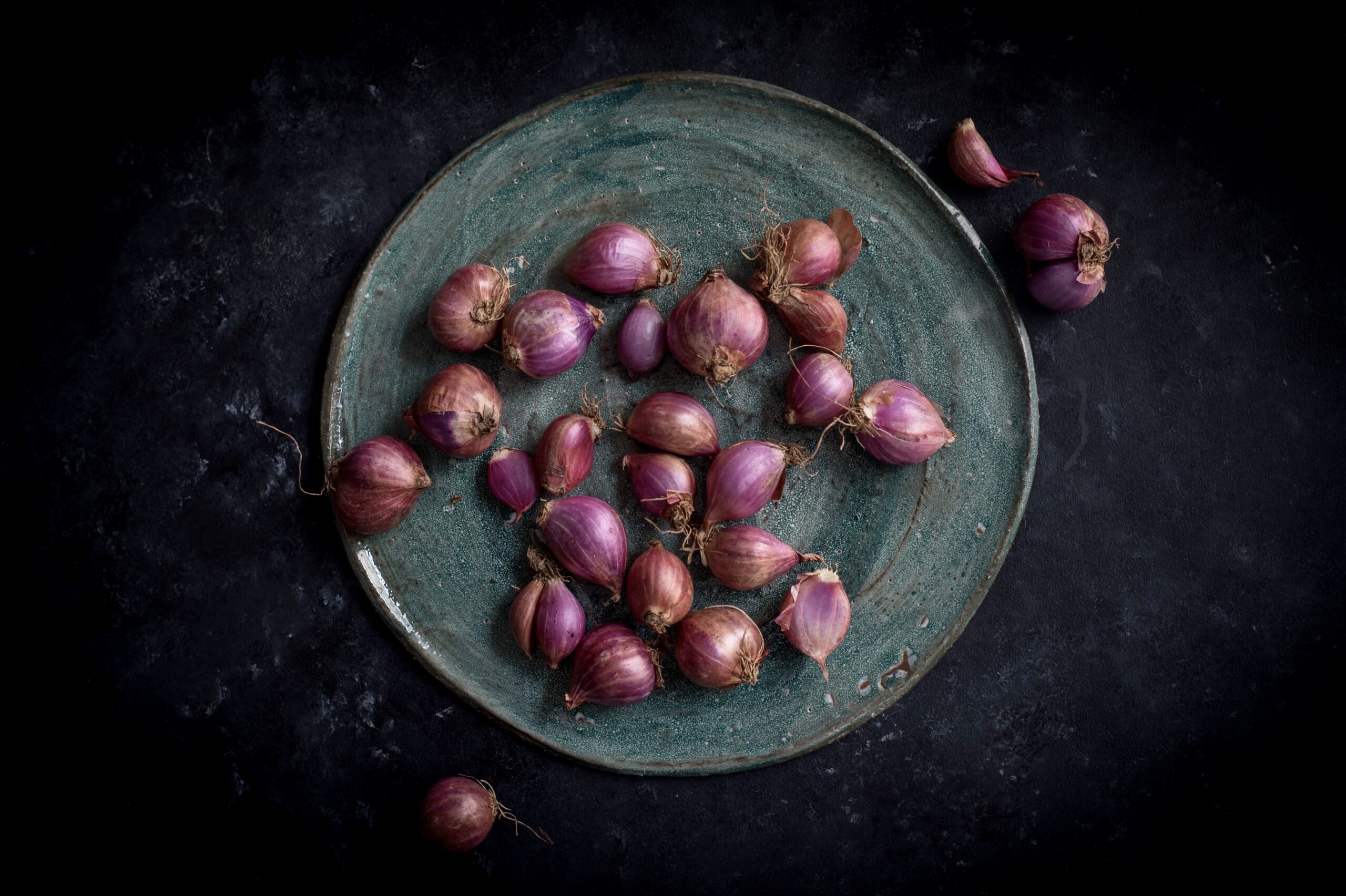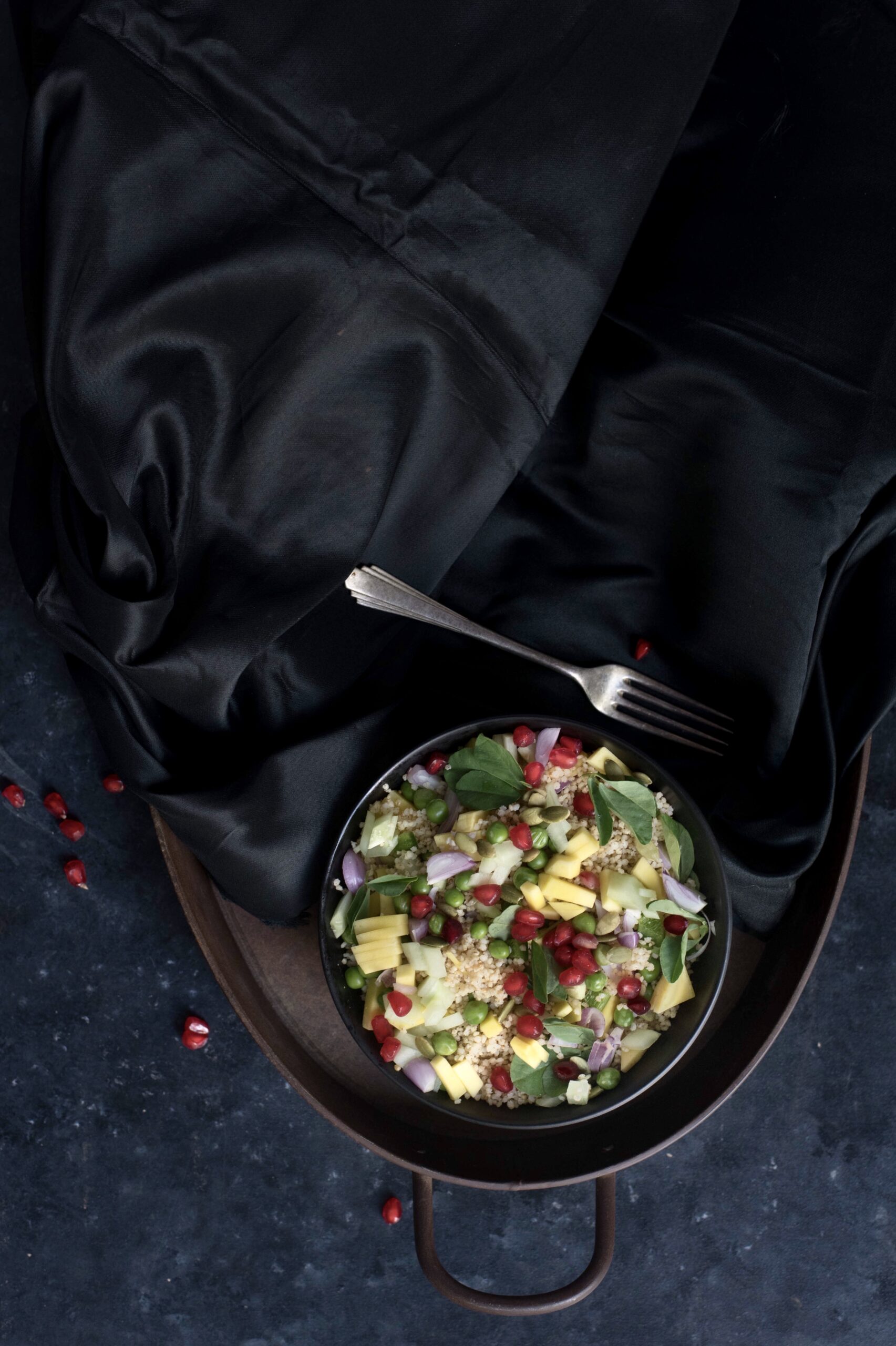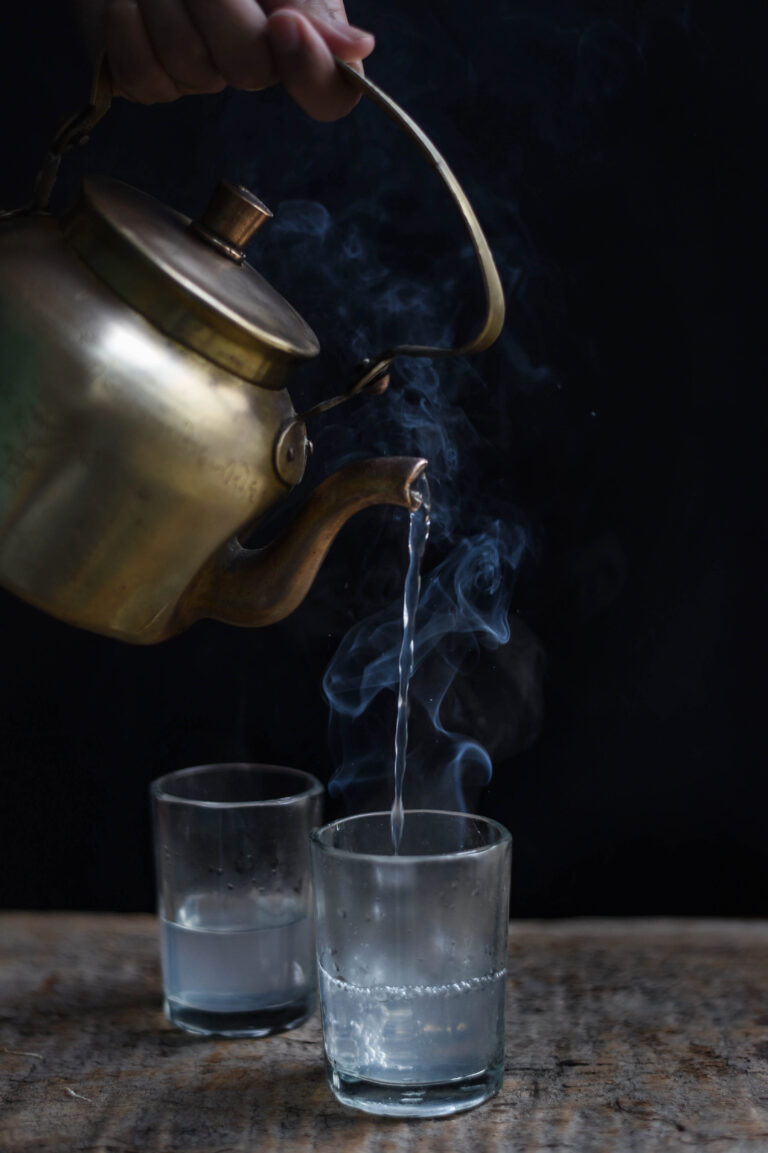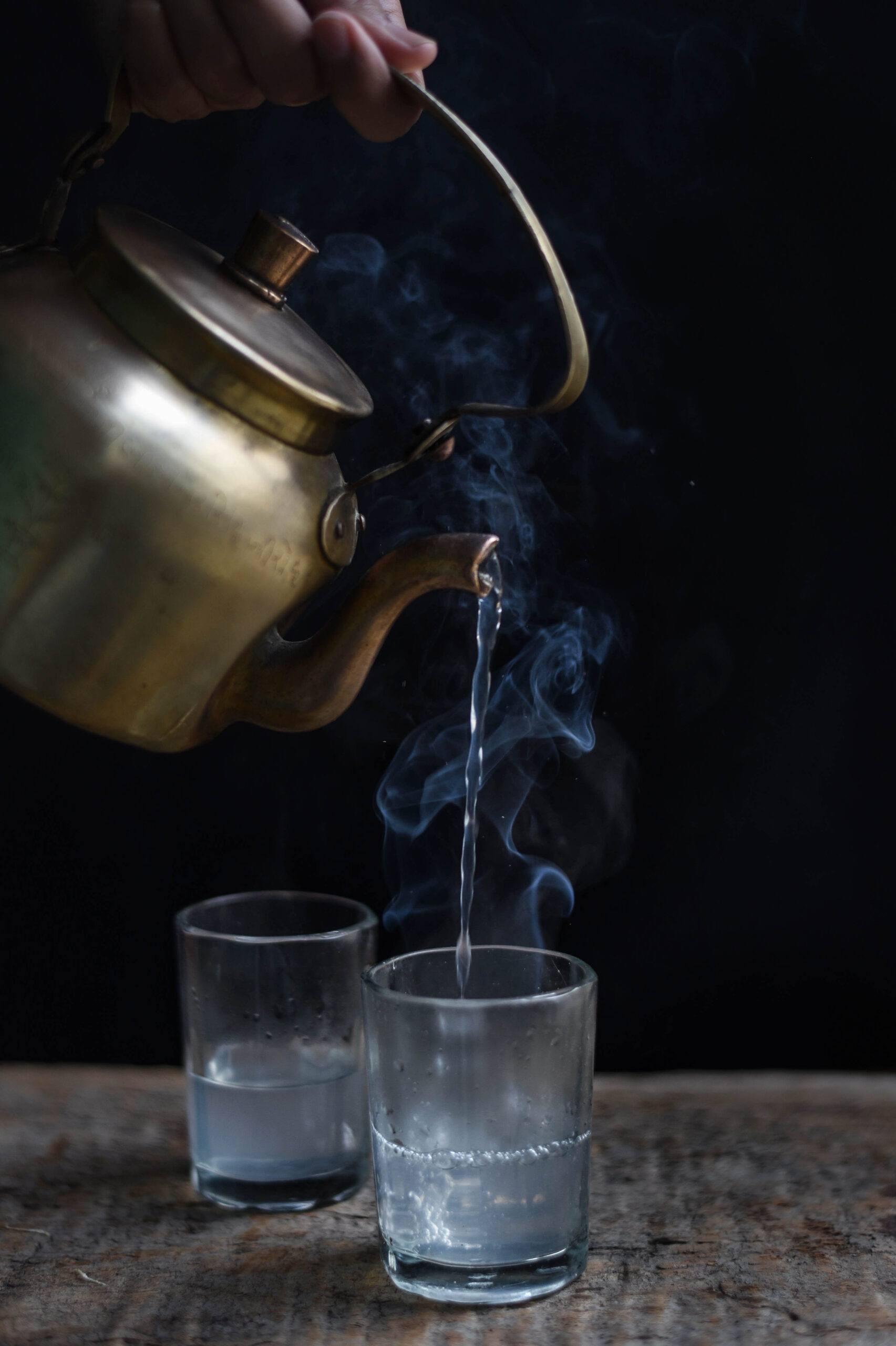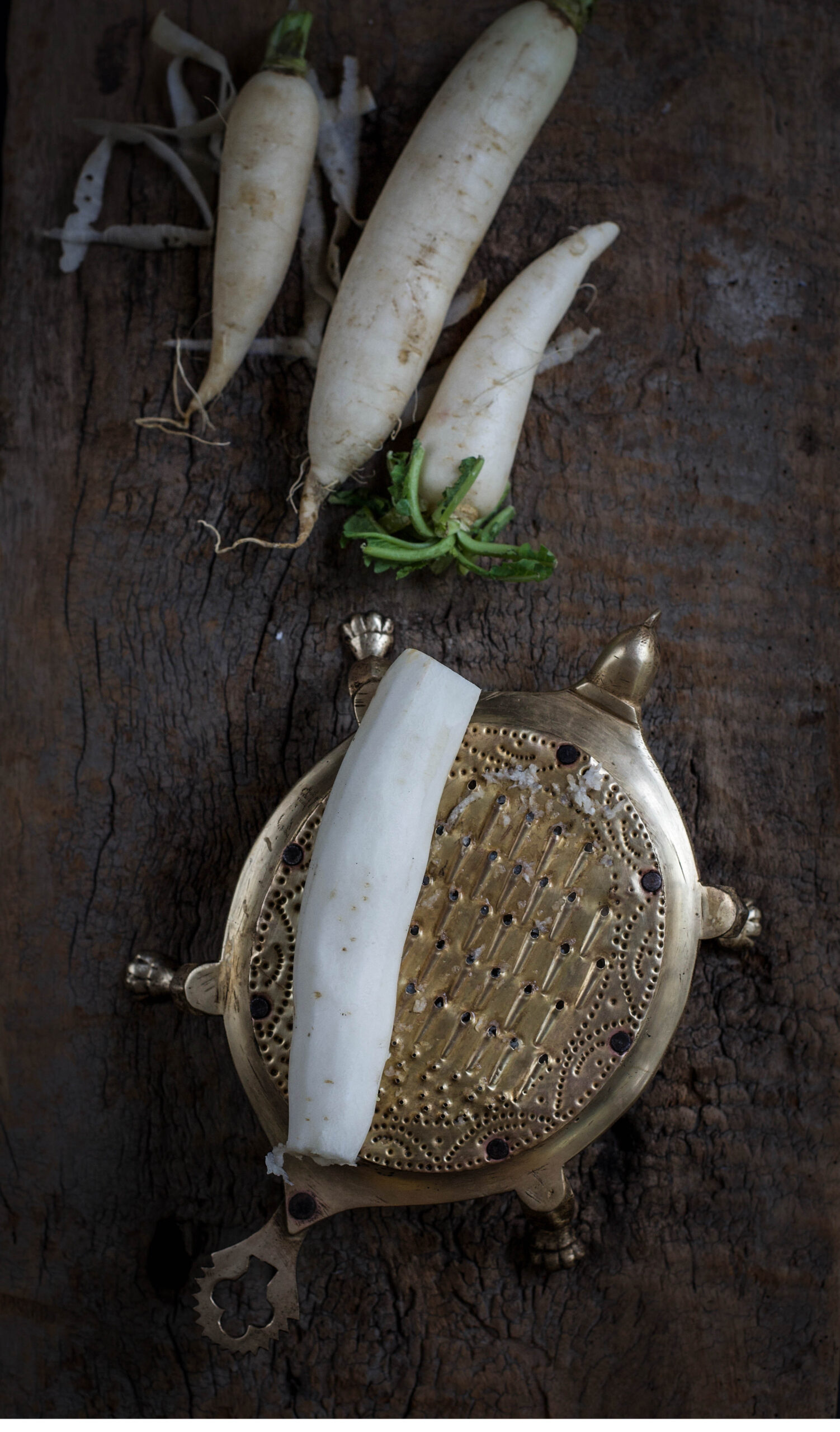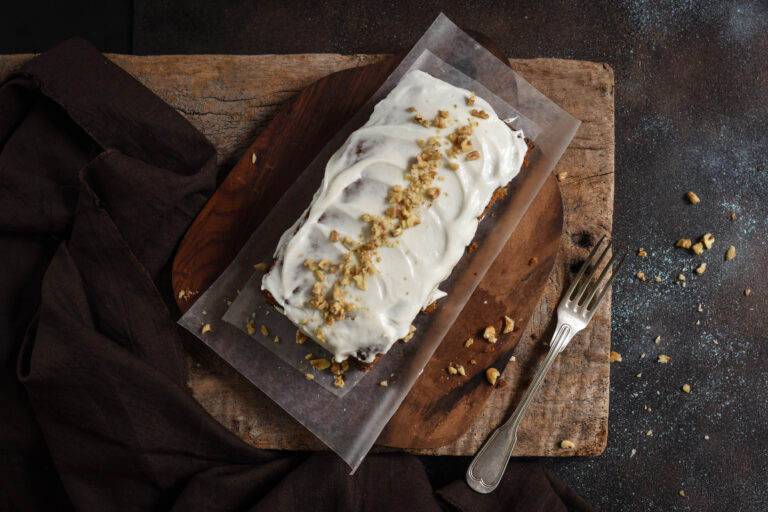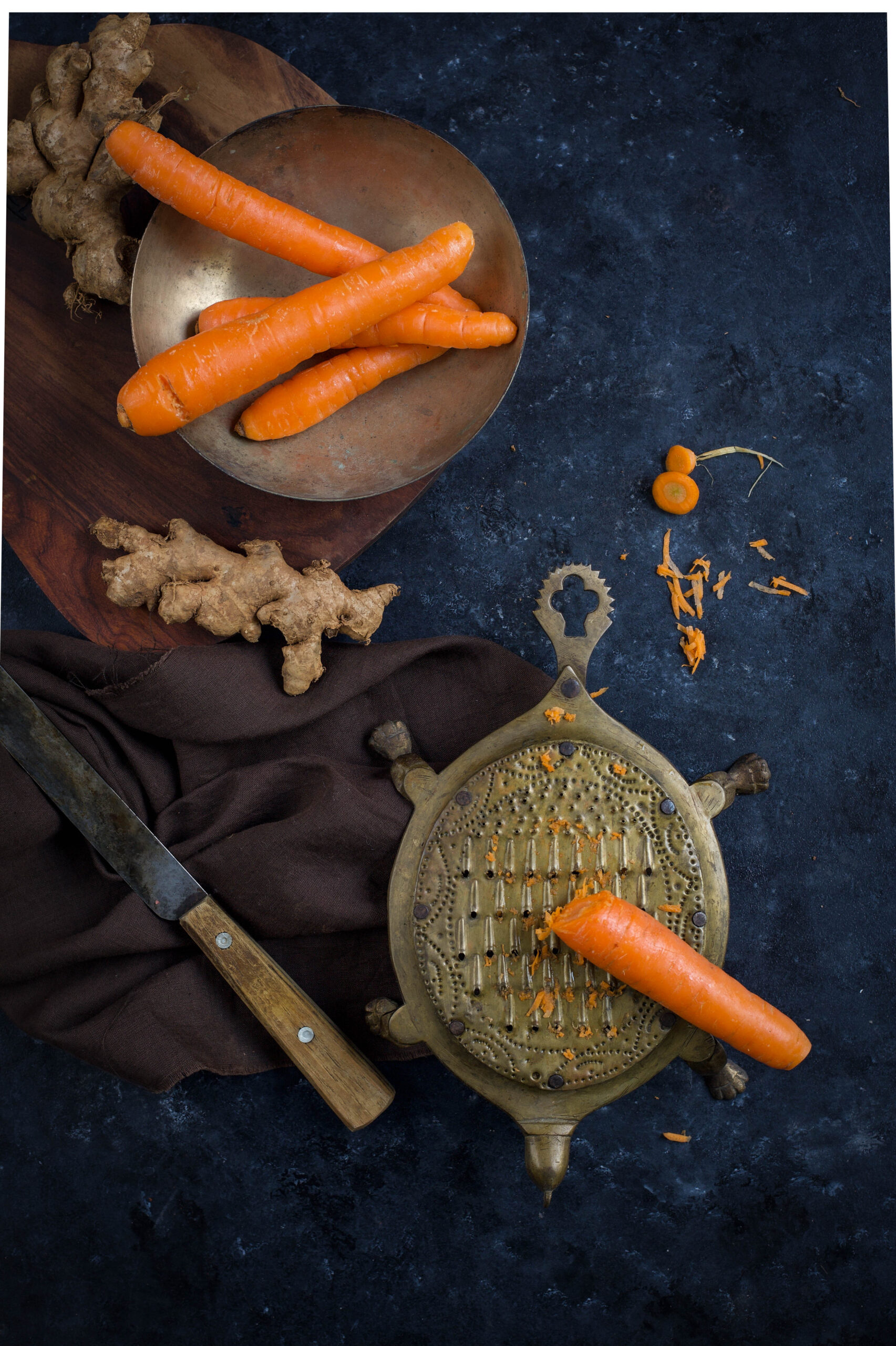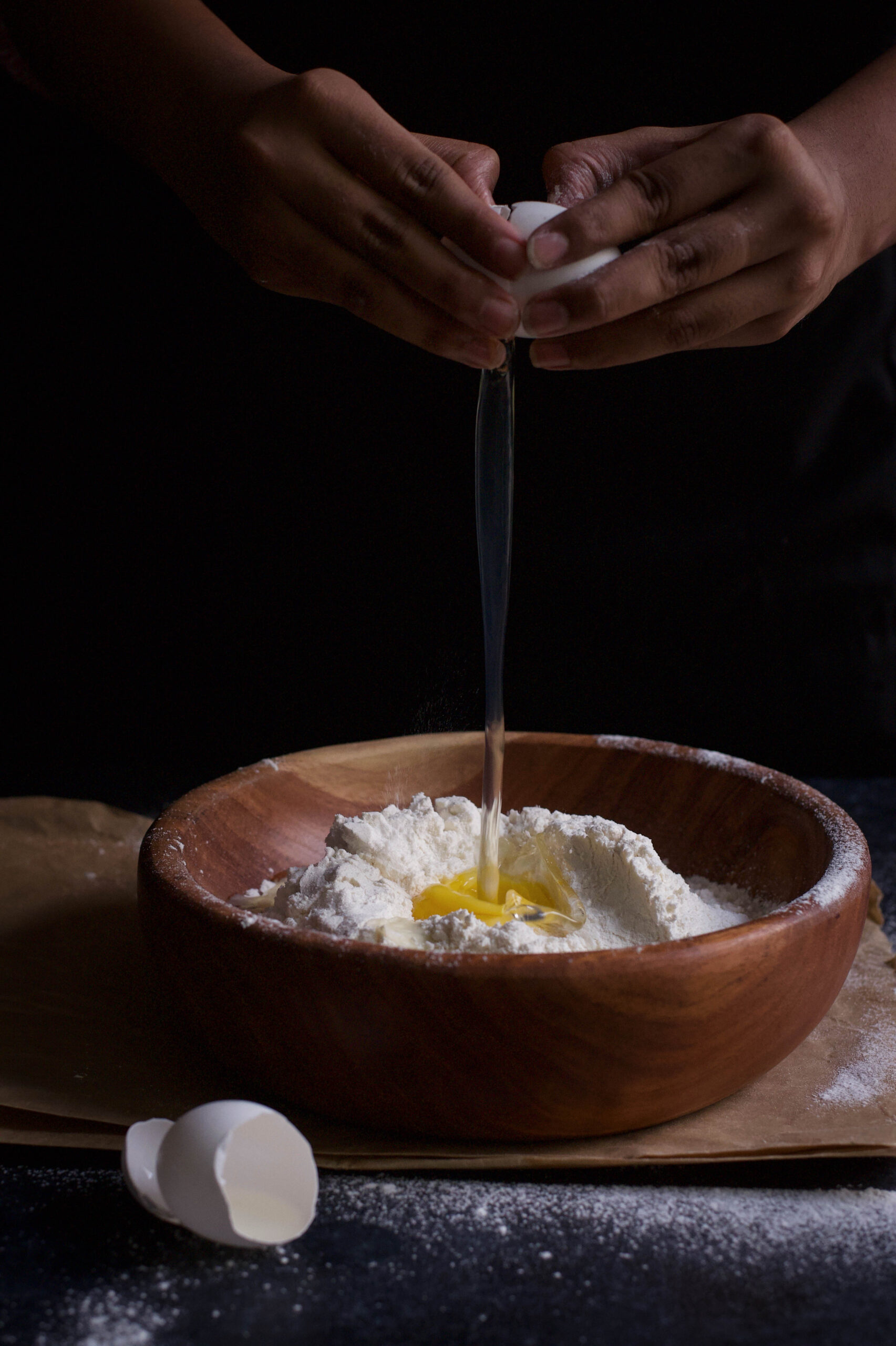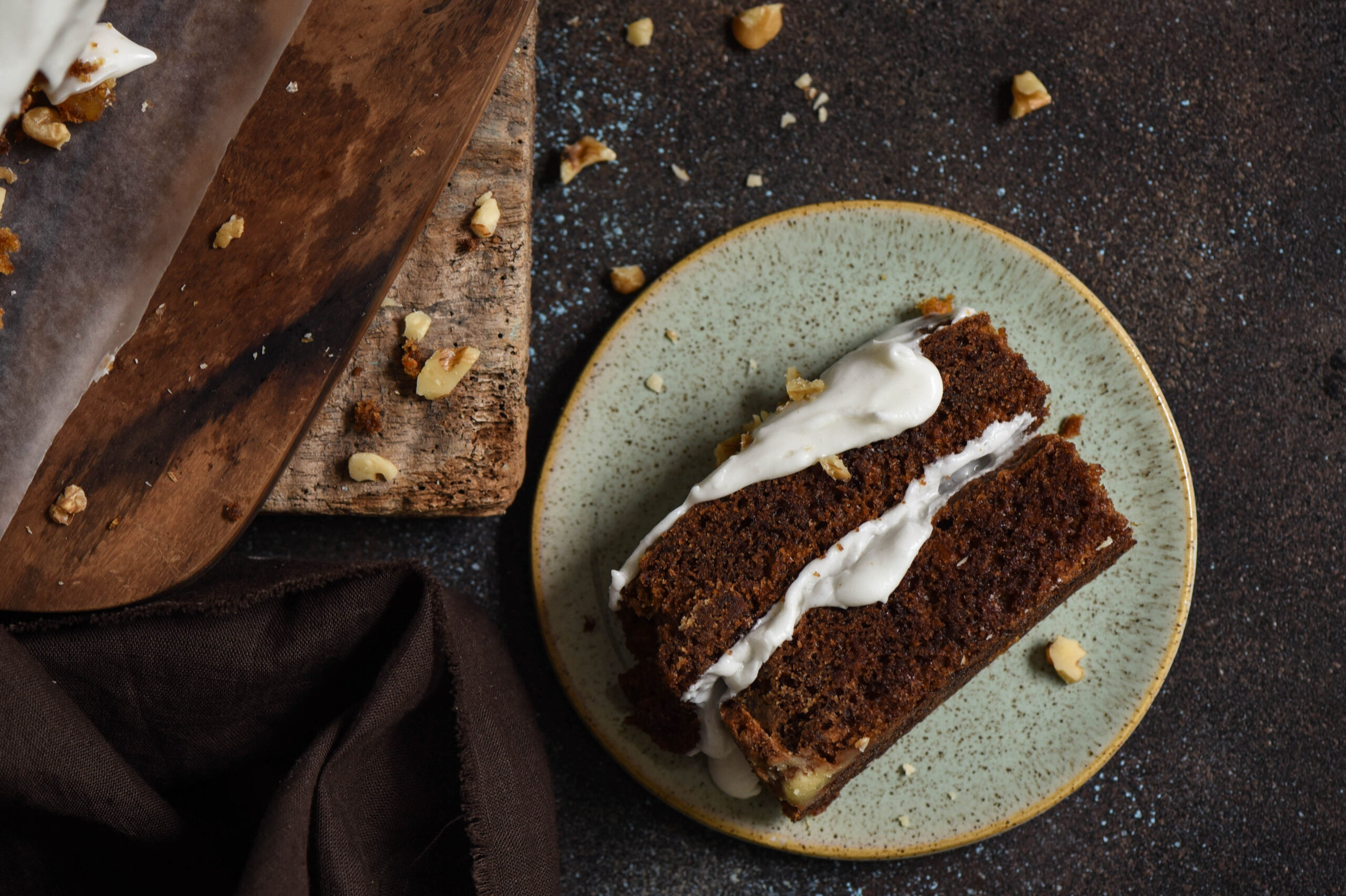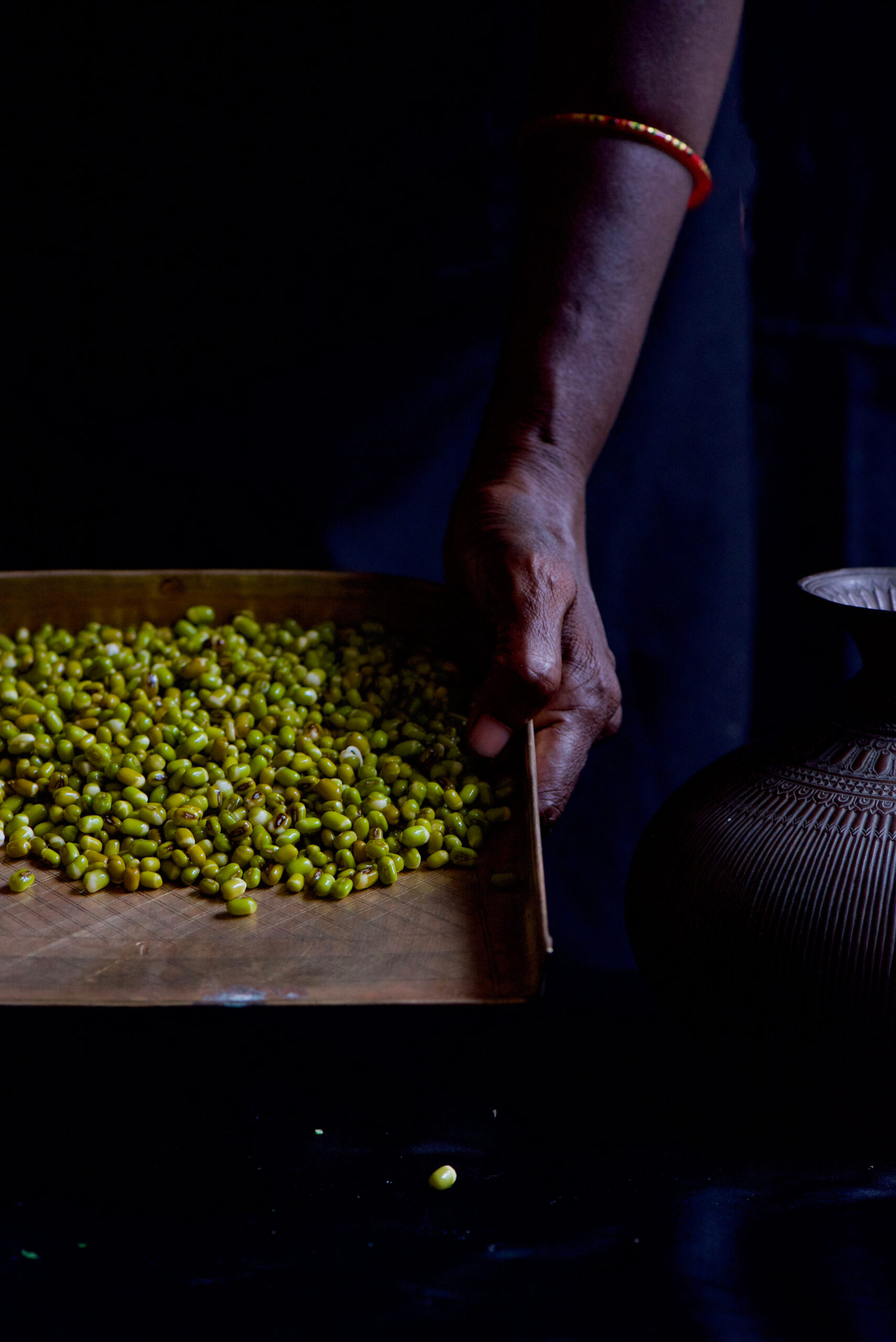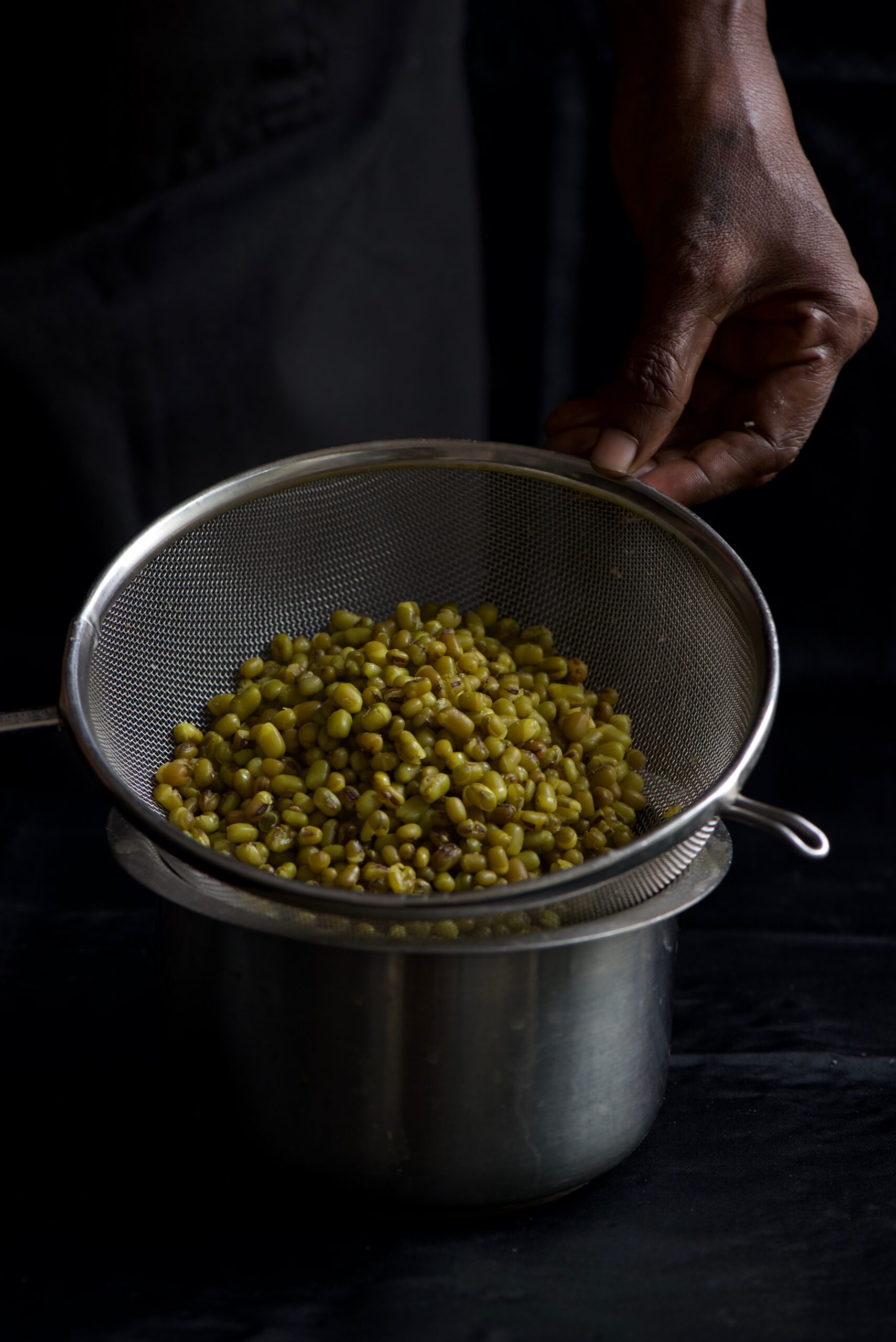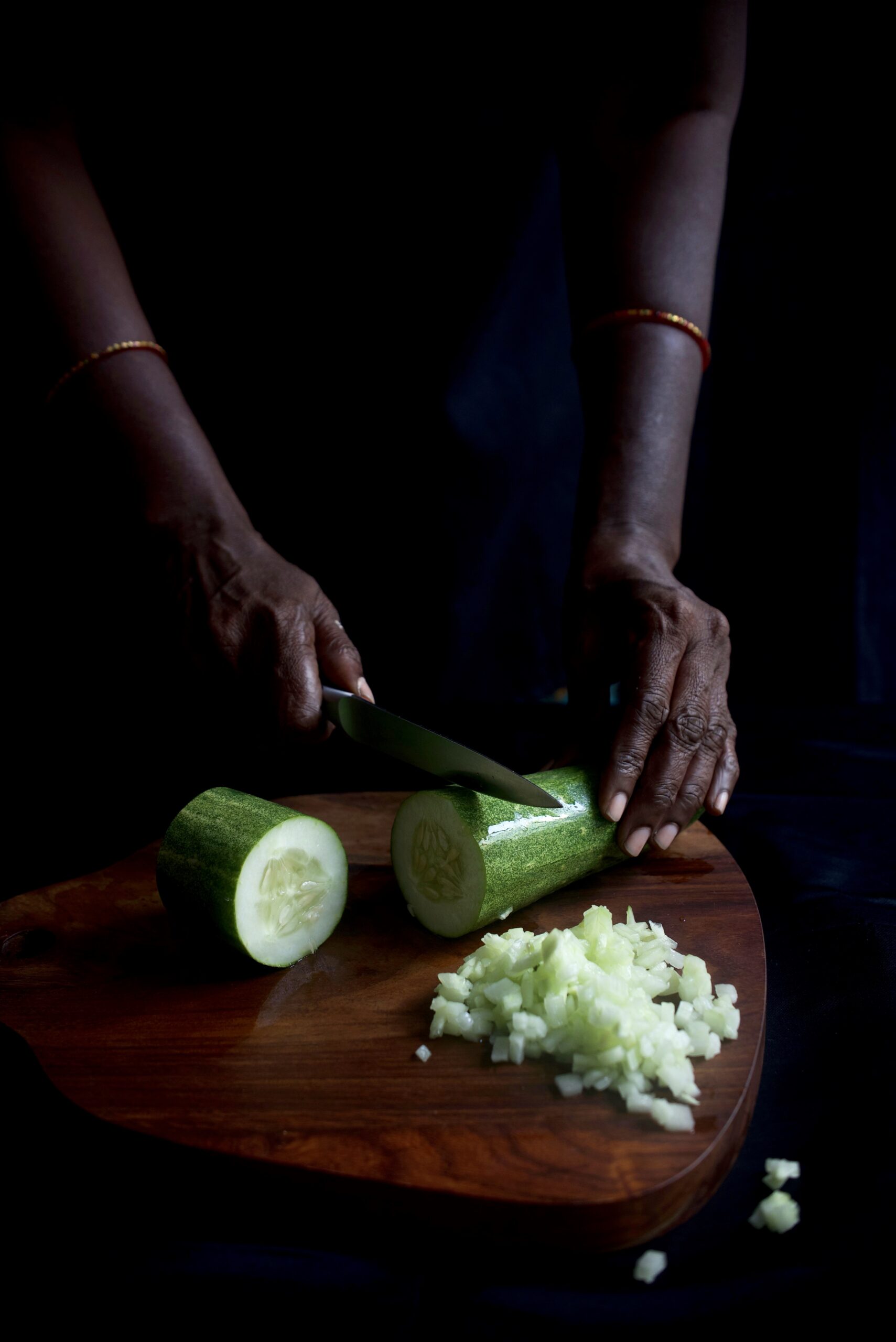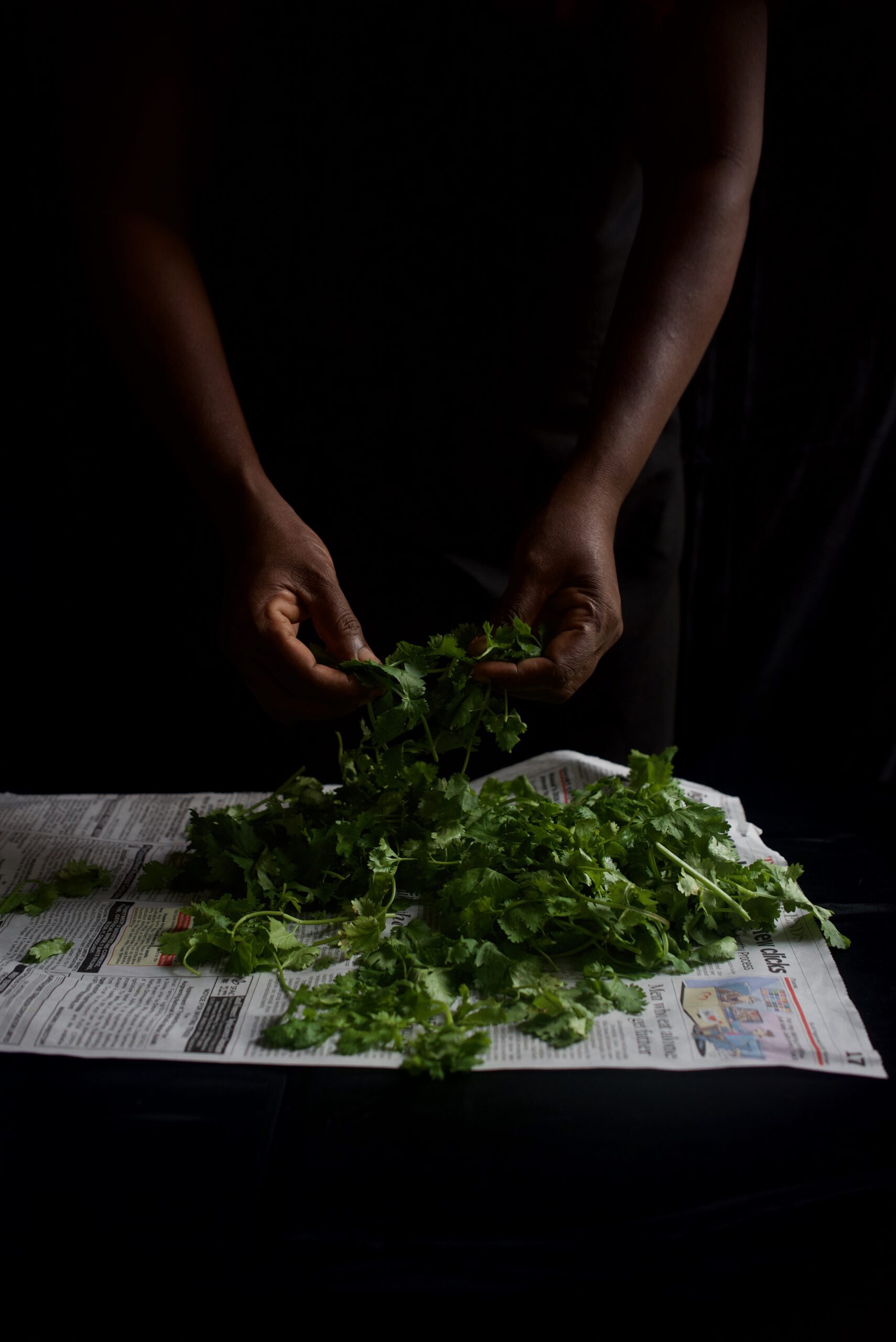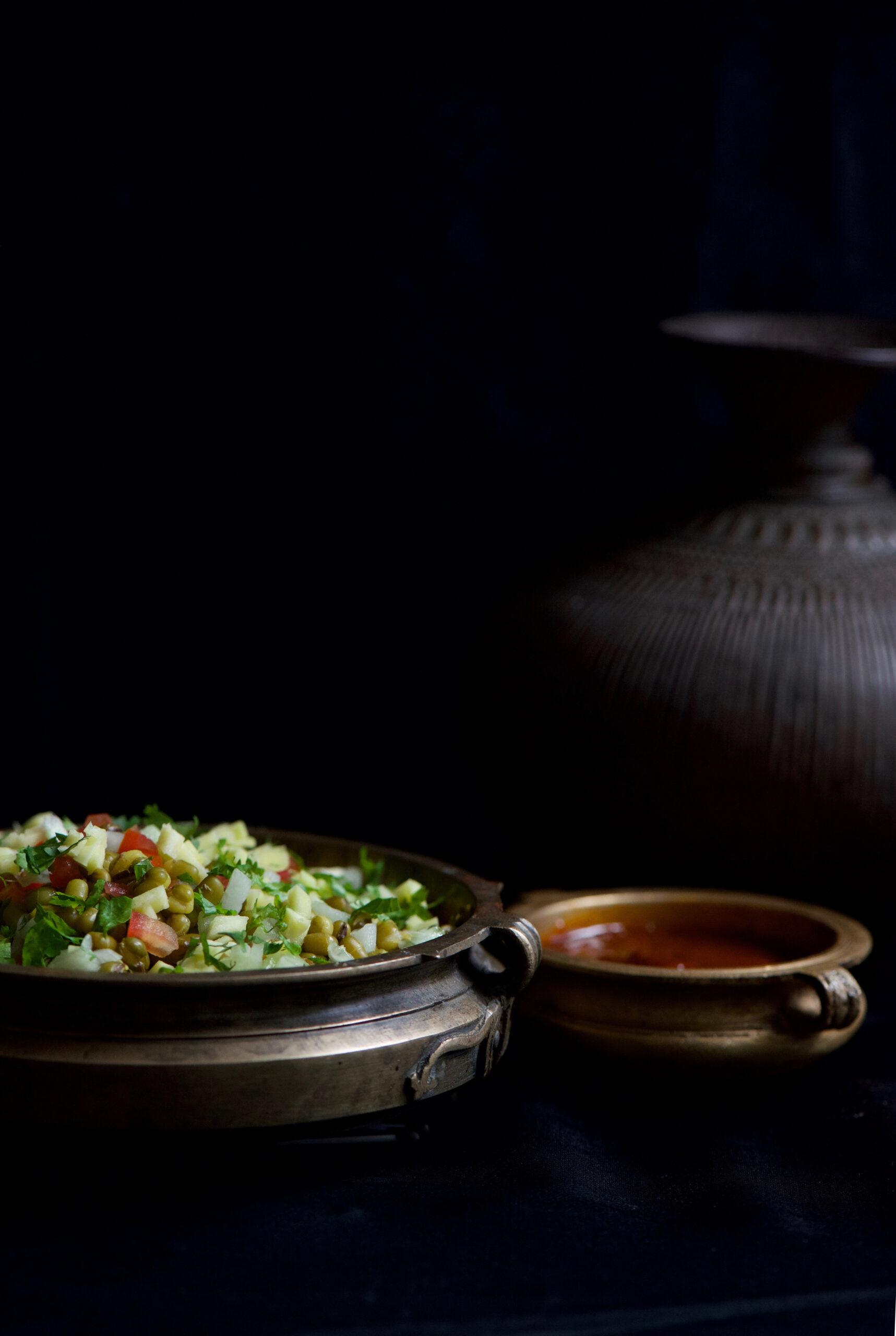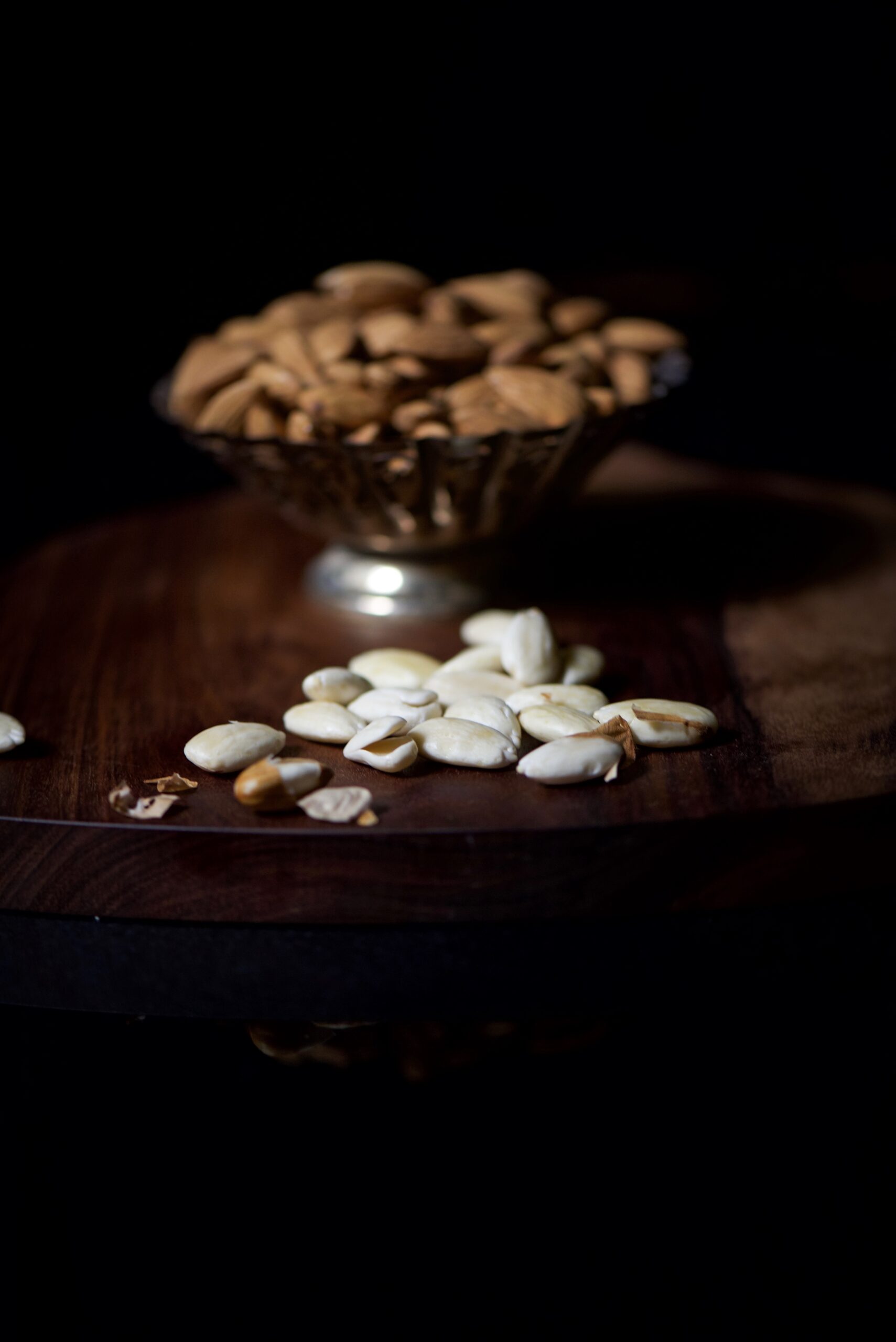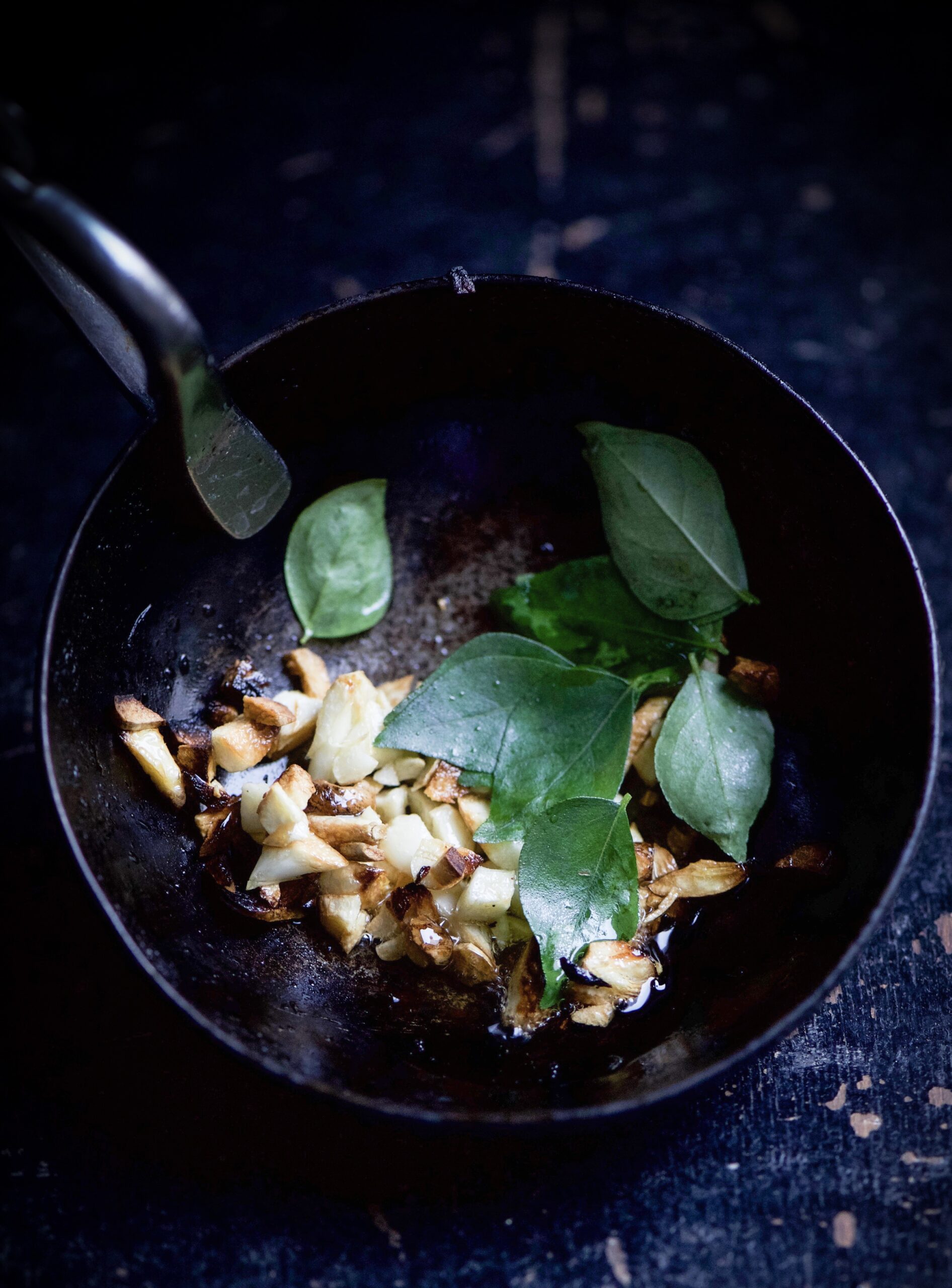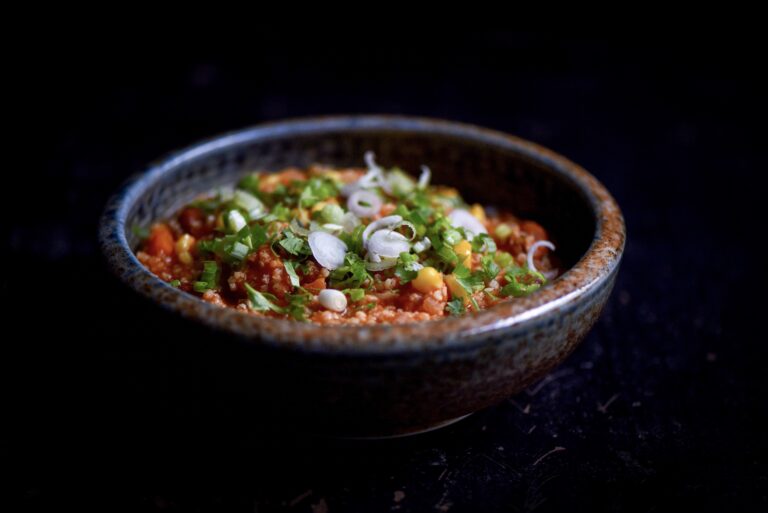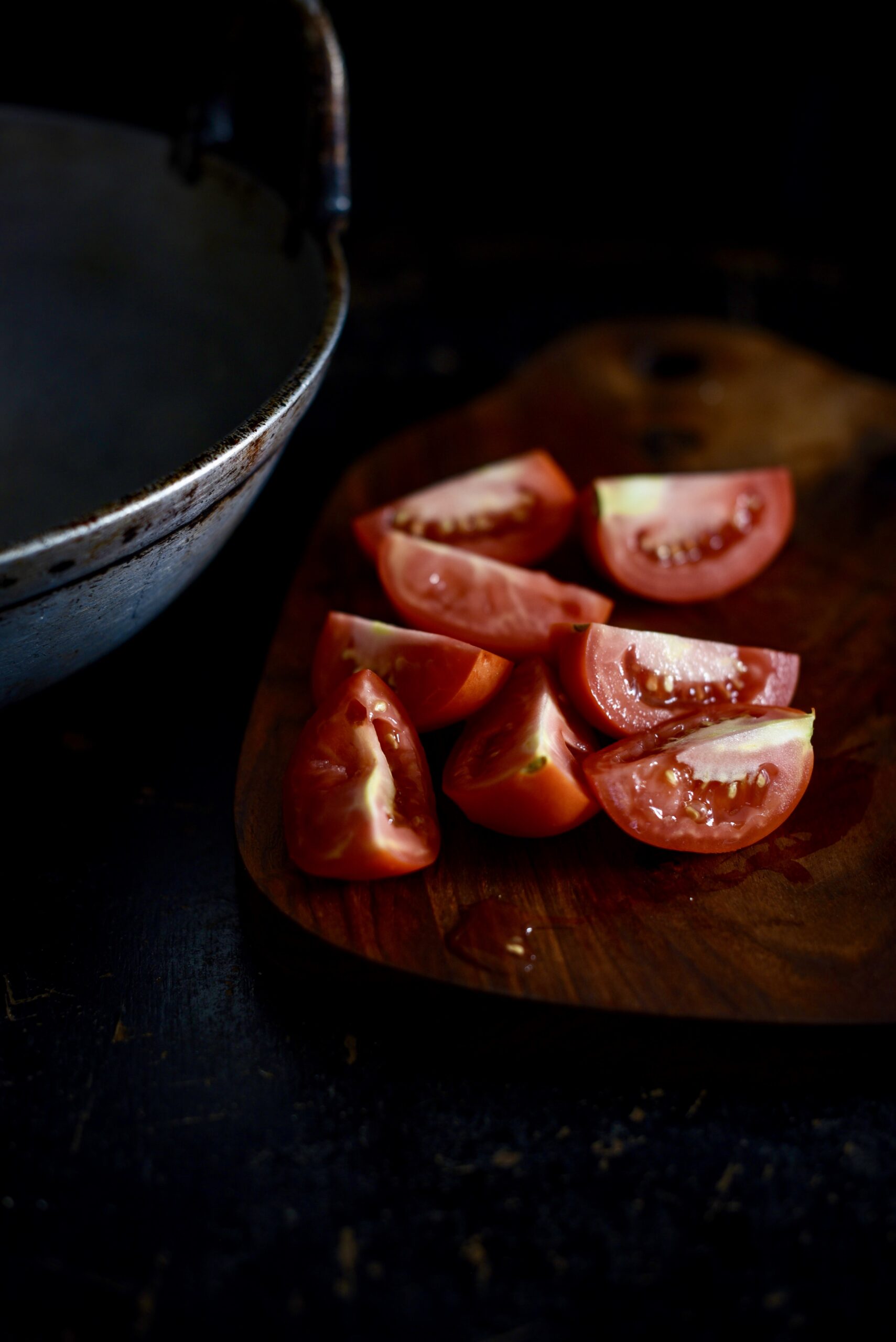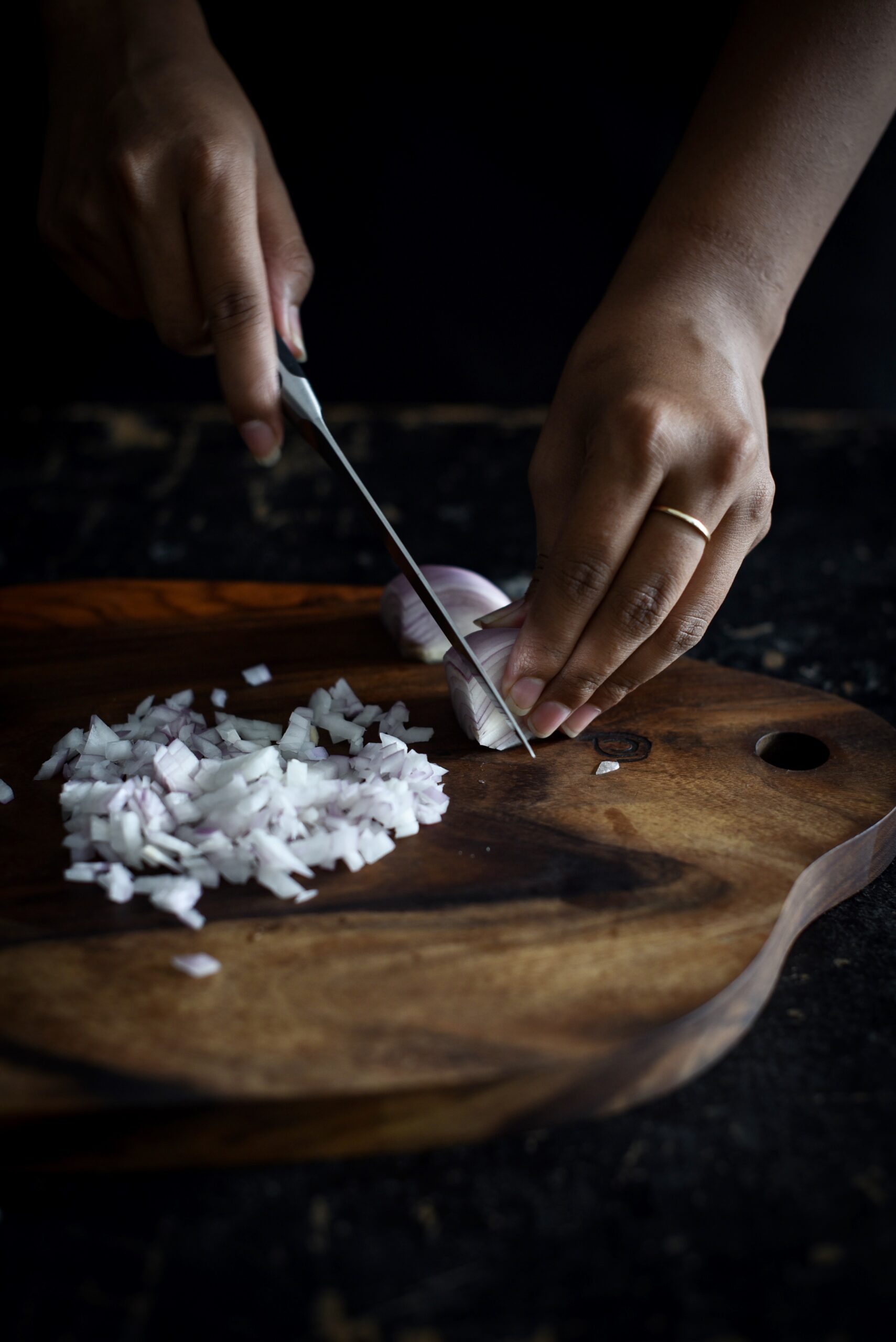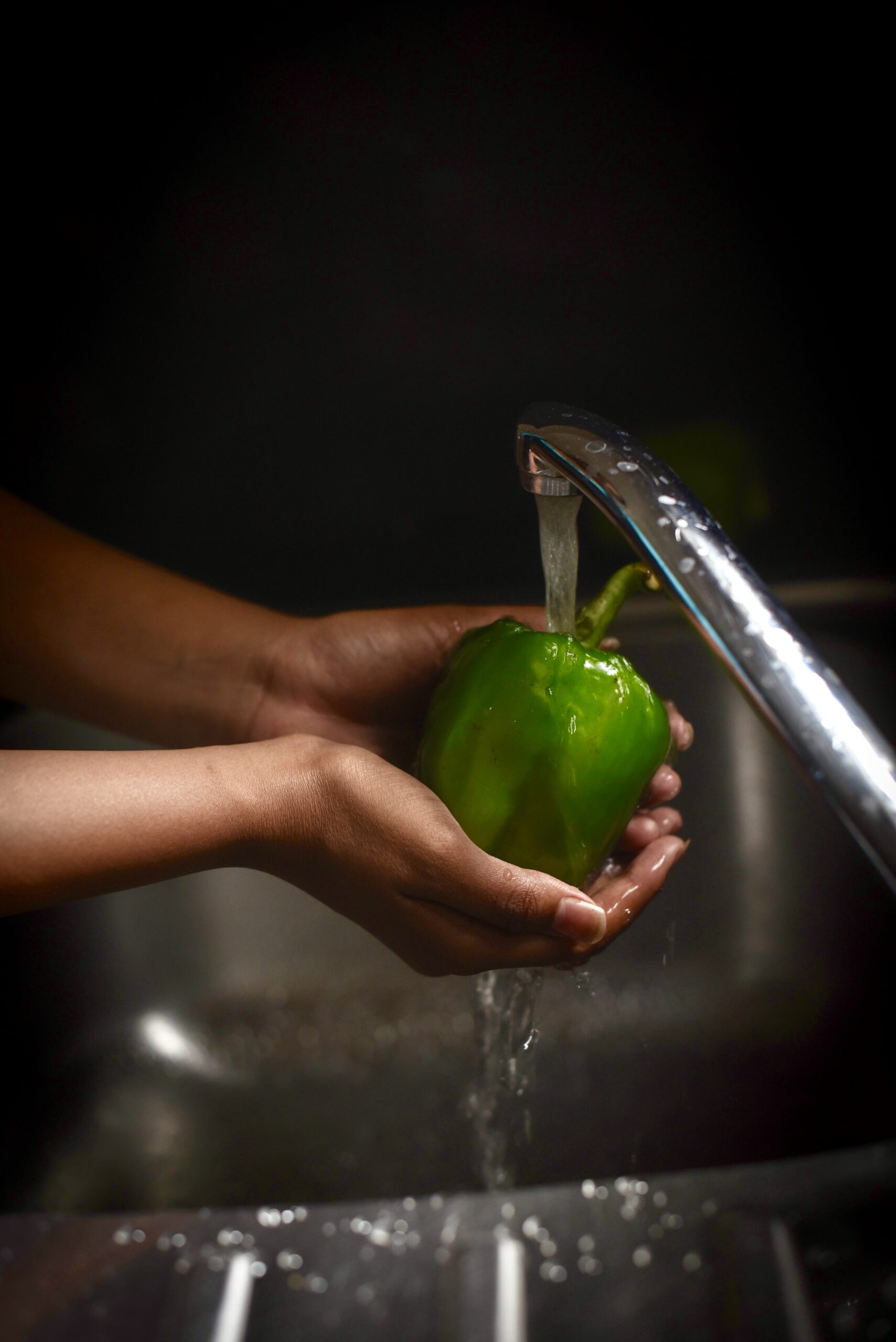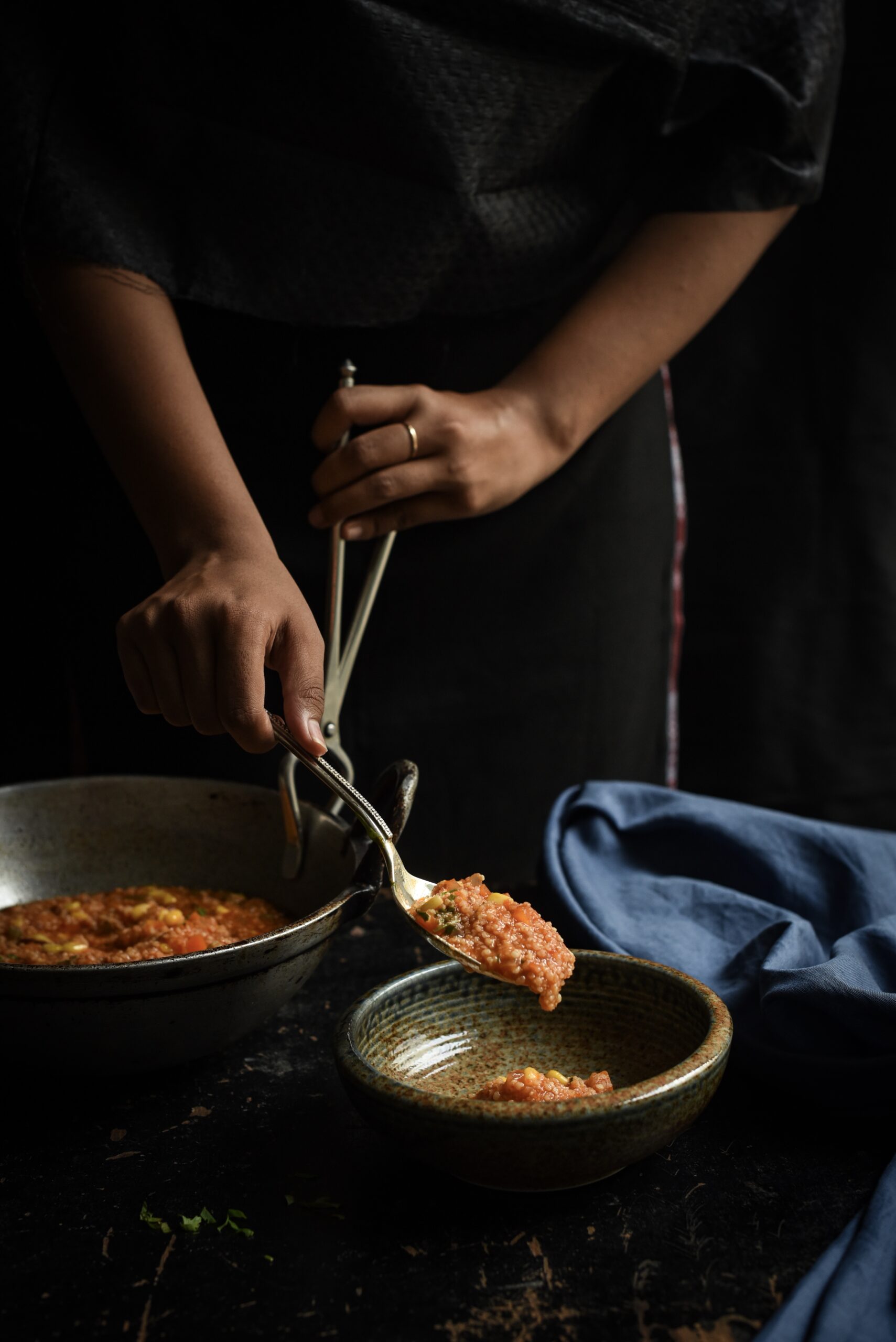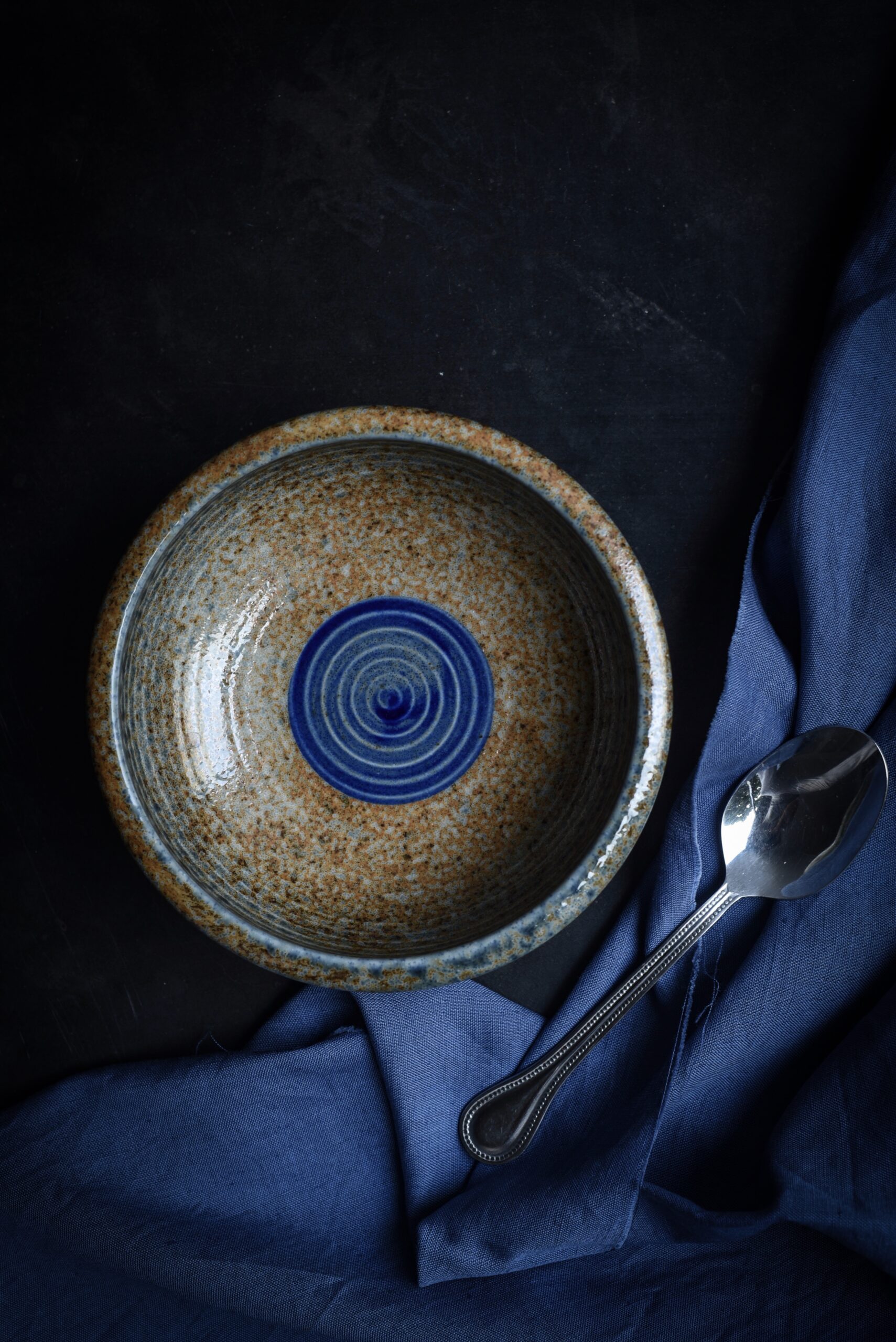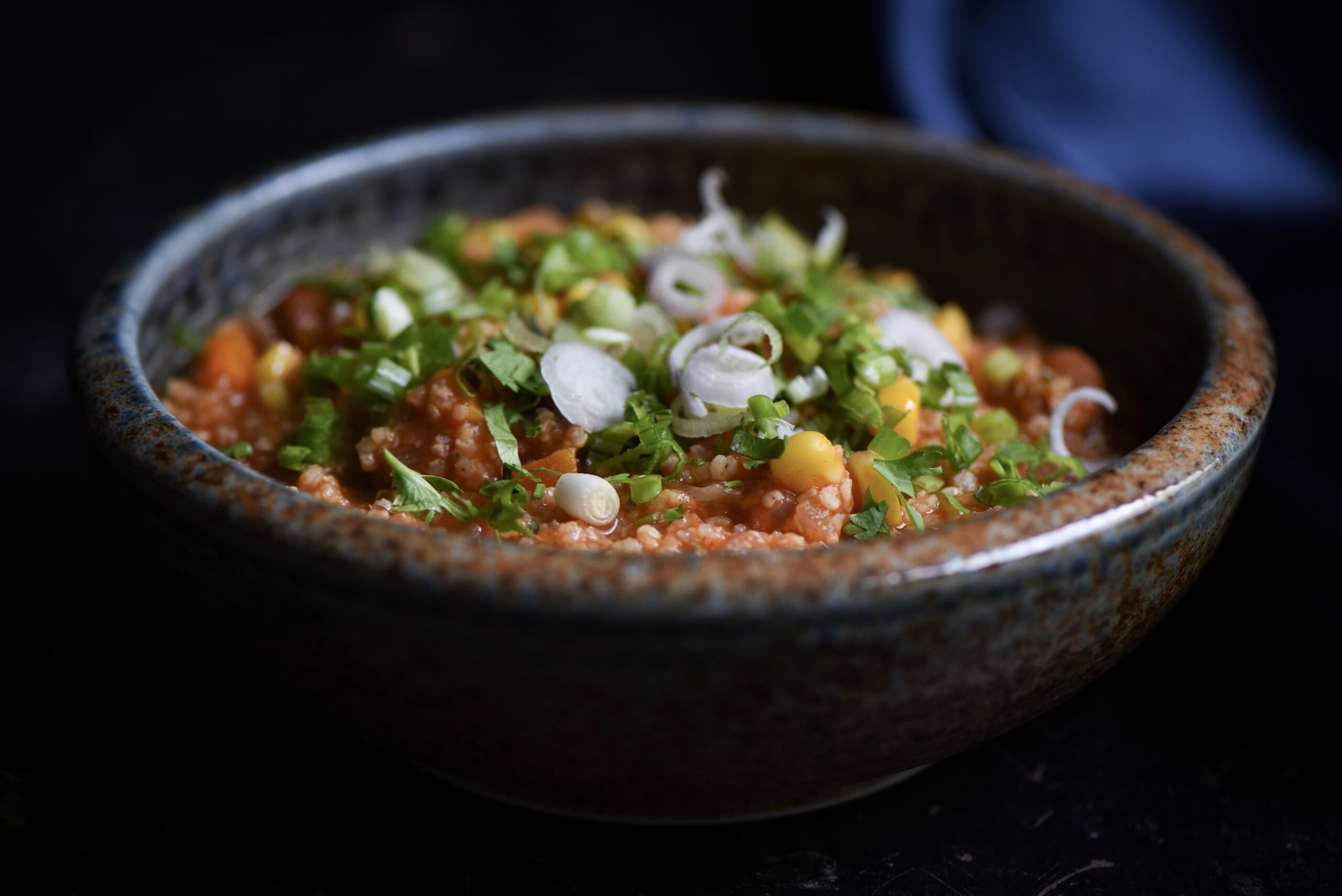I hope you enjoyed my previous post, in which I gave away the recipe for one of re:store’s bestsellers. As mentioned then, I was on a stop motion video kick and was determined to produce at least a couple of those cute videos, with Anushka’s help to bring everything all together, of course. The chocolate cupcakes were the first star, and I must admit they were the more difficult to shoot of the two dishes I had zeroed in on for this experiment. The second one (the recipe for which I am sharing today) was much easier to shoot, perhaps because the composition was within a single bowl and the overall motion was more stable, and I love the result.
Before we go any further, here it is: the stop motion video for this recipe, a delicious salad with passion fruit dressing.
As you can see, with the shoot for this video, I wanted the dark and moody theme that I usually use in my photography to be reflected too. I also wanted to showcase what a stop motion video looks like when the recipe is simpler, as opposed to the more complex chocolate cupcakes one. As for whether or not I was looking for a contrast between tastes, health quotient and so on – honestly, not really. In this experiment, it was my aesthetic side that took over and determined my choices more than my culinary side.
At the moment, we are enjoying a bounty of hydroponically-grown varieties of greens in Chennai. This form of small-scale agriculture seems to be all the rage in the city, and as we grow some of our own produce ourselves, and as I personally always have an eye on natural and nourishing ingredients, we couldn’t be more pleased by this trend. These organic vegetables grow without soil, and so suffer less from worms and other issues. We have so much at home at the moment that I’ve been making lots of green smoothies and salads. For this recipe, you can use any kind of lettuce that you have available.
When it comes to salad dressings, those of us who opt for healthier dressings tend to stay with the simple staples like lemon, salt or pepper, but I’ve found a way to retain the health aspect while increasing the flavour of the dressing. This is where the passion fruit comes in.
Whenever a fruit or vegetable retains its foreign name on the market, and doesn’t have a commonly used local Tamil or other Indian name, I know that it’s something that has only in the recent past been cultivated here. So it is with passion fruit, and this post by a fellow food blogger has lots of information about the supply we get here in India, which is grown in the hilly regions.
Long before I began to enjoy this taste, there used to be a passion fruit shrub at our house in Kotagiri. Not having learned yet how much I love it, I would simply give away its yield to our neighbours. The plant is long gone now, but how I wish I had eaten that bounty while I could! I feel this now all the more because passion fruit has a very short growing season here in India. Just in case you happen to try this recipe at a time when it’s scarce on the market, rest assured that you can use a store-bought syrup instead of fresh pulp too. While it may contain added sugars or other ingredients I prefer to avoid, the taste will be the same. It’s the fruit’s unique flavour that really elevates this salad. Passion fruit has a slightly sour flavour and a high citric content, and it goes very well with crunchy apples. The two fruits complement each other, with their mix of textures and tastes. They have a beautiful contrast when put together here.
Passion fruit is a hardy fruit, not very pretty in appearance, but slice it open and you’ll find just the opposite. Its soft pulp looks just lovely speckled with black seeds. My husband loves having some for breakfast whenever it’s in season, slicing it in half, sprinkling some sugar on top, and scooping the flesh out with a spoon. As for me, I enjoy the juice very much and even make it daily when I can. It’s a healthy ingredient, one that’s great to start the day with, and we make ample use of it whenever we get our hands on some. Luckily, I had enough left over during the last passion fruit spree to make it the star of this salad…
Salad With Passion Fruit Dressing
(Yield: 1 bowl)
Dressing
½ cup passion fruit pulp
2 tablespoons olive oil
1 tablespoon honey
1 tablespoon lemon juice
Salt to taste
Salad
2 cups lettuce
¼ cup finely cut spring onions
½ apple (core and sliced)
2 tablespoons chopped dates
2 tablespoons toasted pumpkin seeds
Simply put the salad ingredients together in a bowl and set them aside. Then, whisk the ingredients of the dressing until they are blended well. Pour this over the salad before you serve it. Enjoy!
Sometimes, there really is nothing else easier to prepare than a salad. I’m a huge fan of the food format itself, as you may know, and here are several you may also enjoy: mango salad, millet salad and sundal.
Salads are a great way to increase your vegetable intake, and they give you a boost especially as a mid-day meal that keeps you light on your feet but sated. Do try this one out and let me know what you think? Before I forget, here’s another look at the stop motion video that started off the idea for this post! In case you missed it, do check out my cupcakes recipe too, and the stop motion video that accompanied it. If you use the app, I’m looking forward to connecting on Instagram too.
